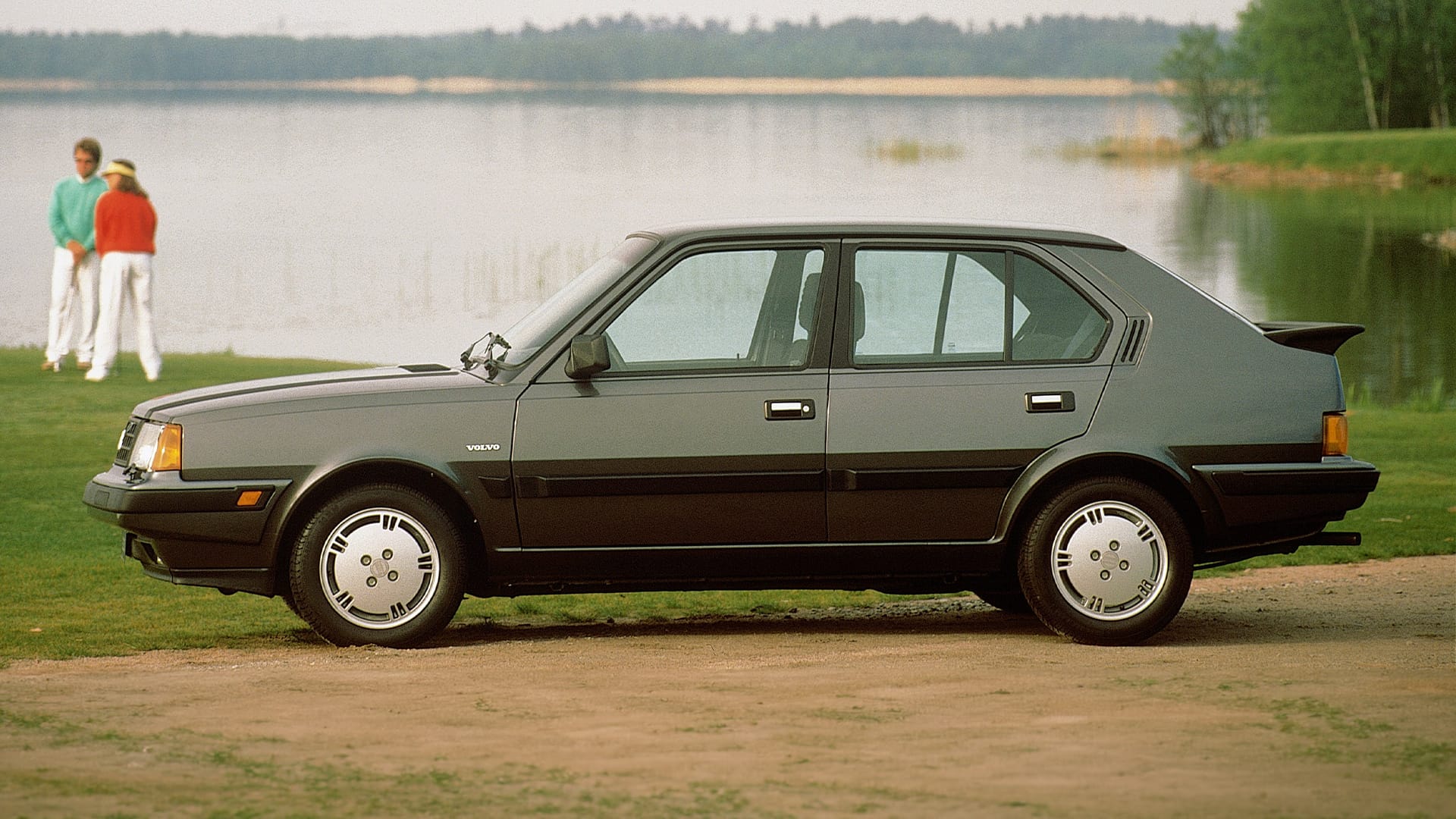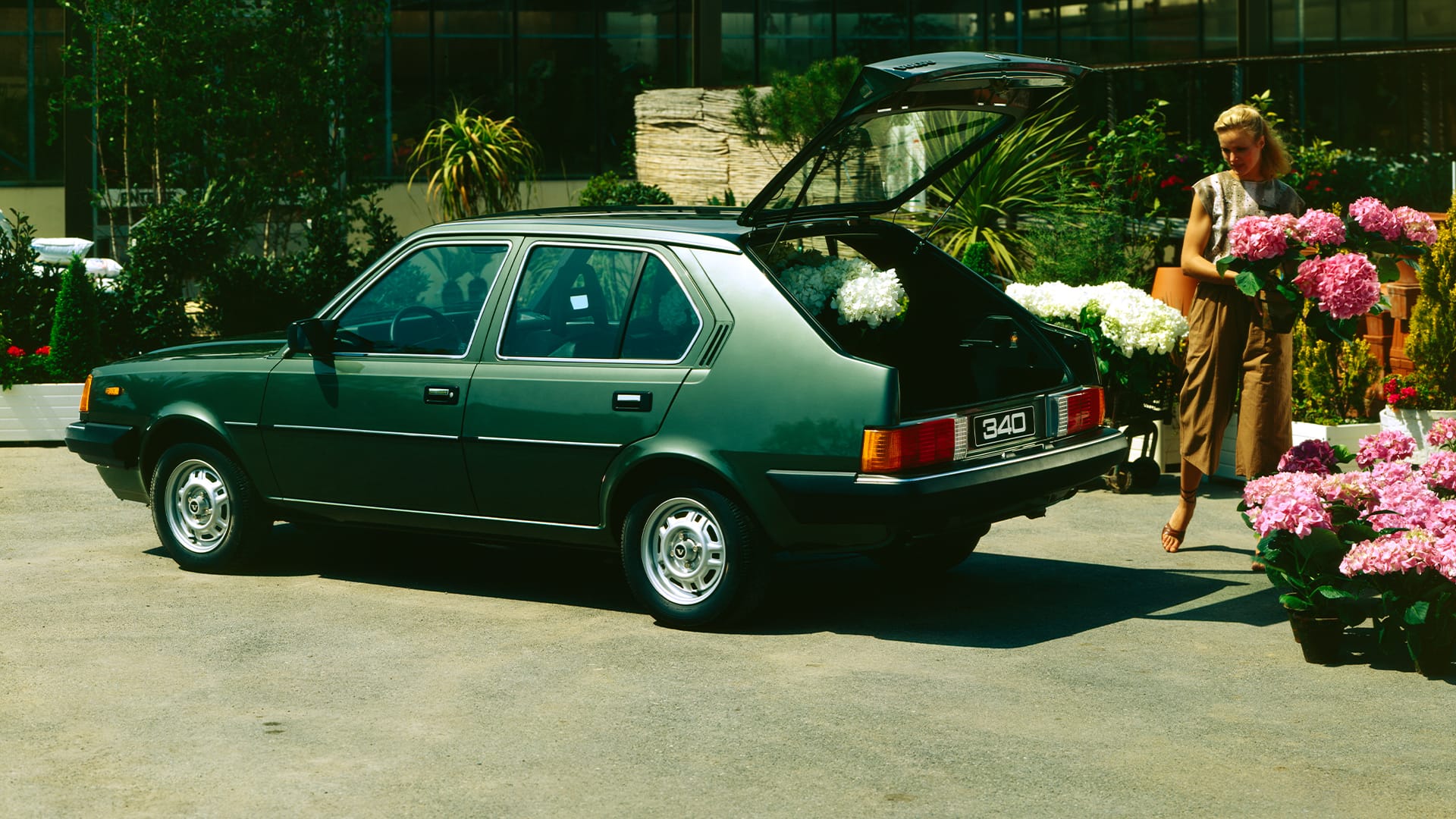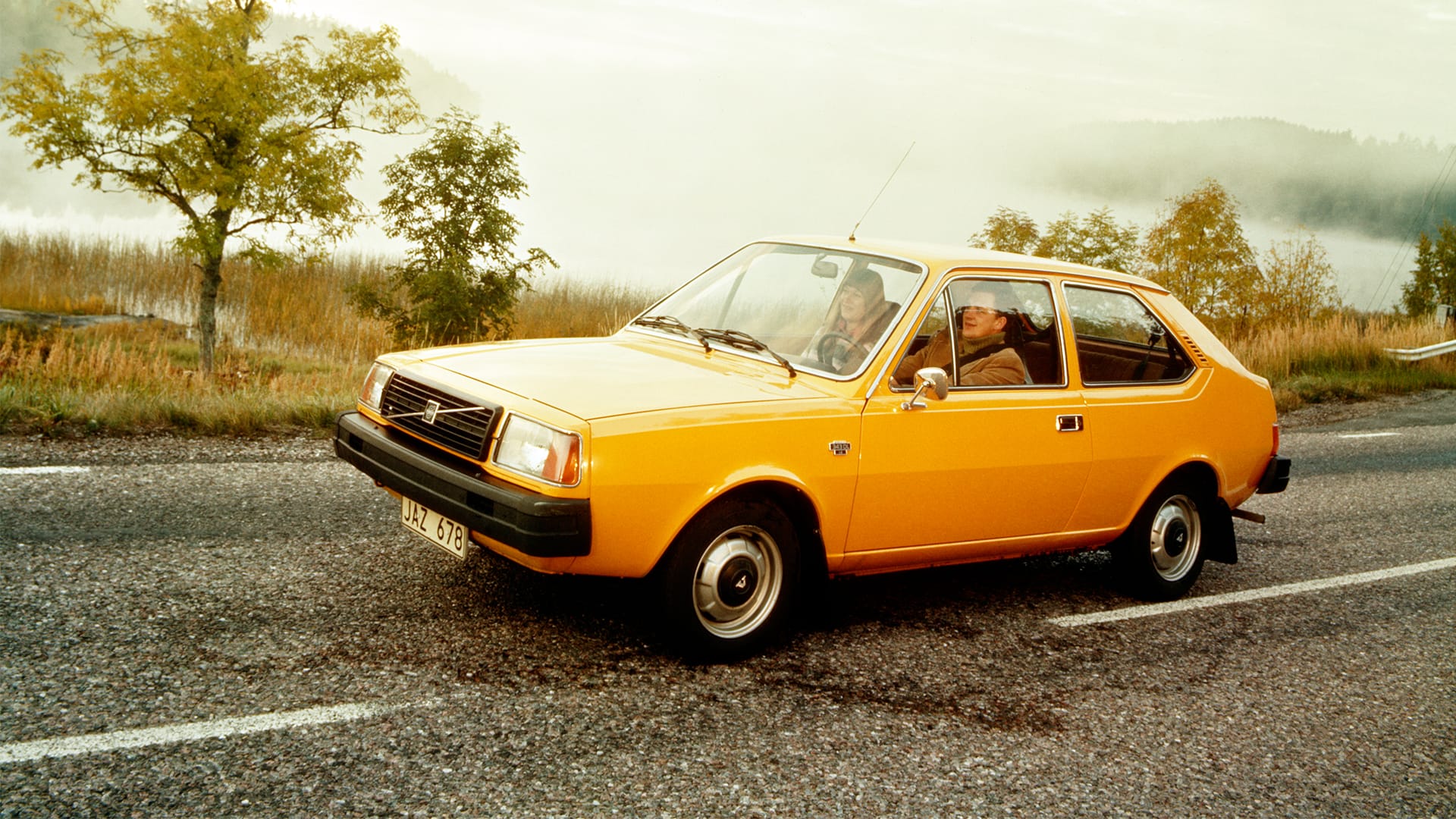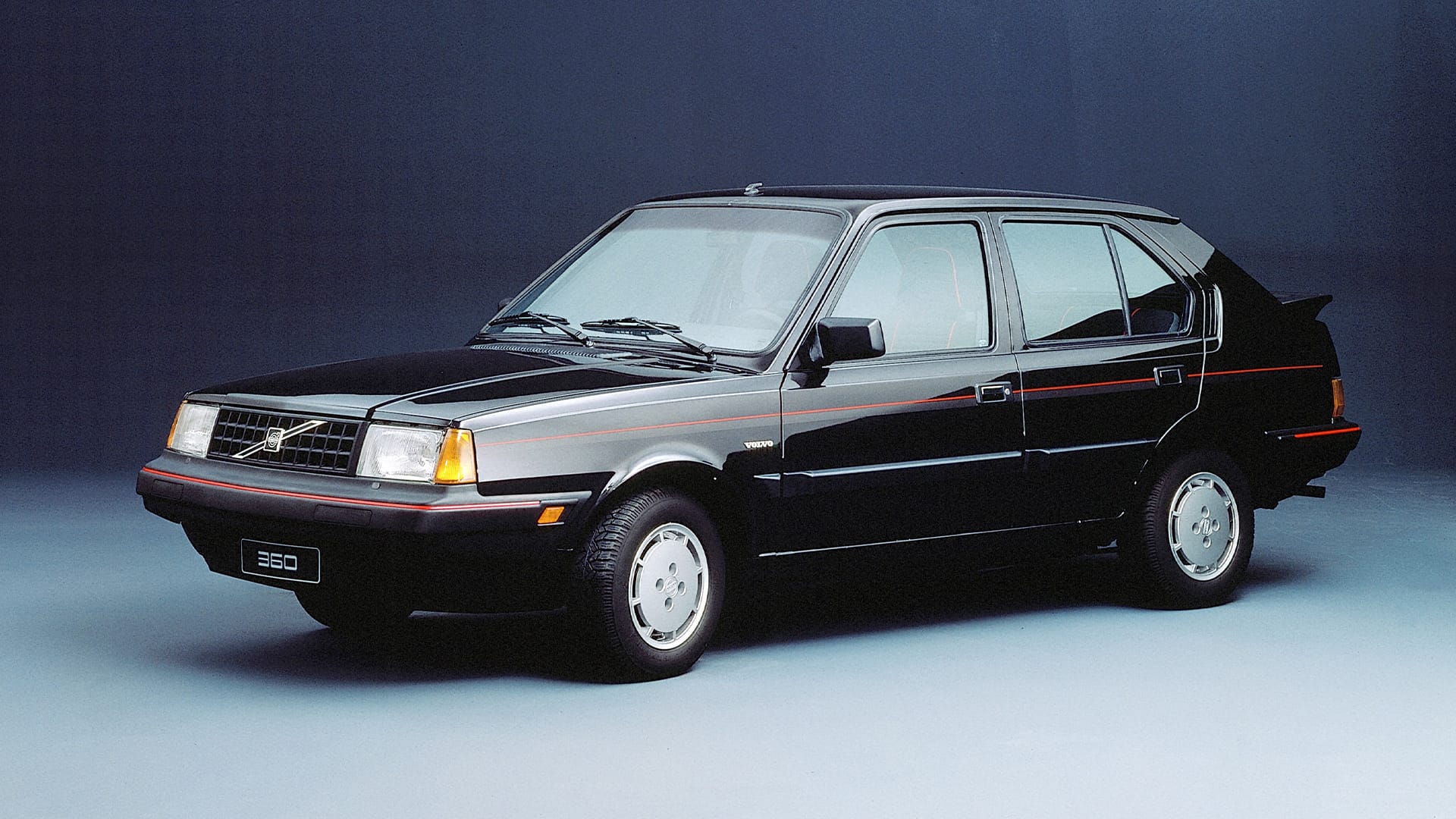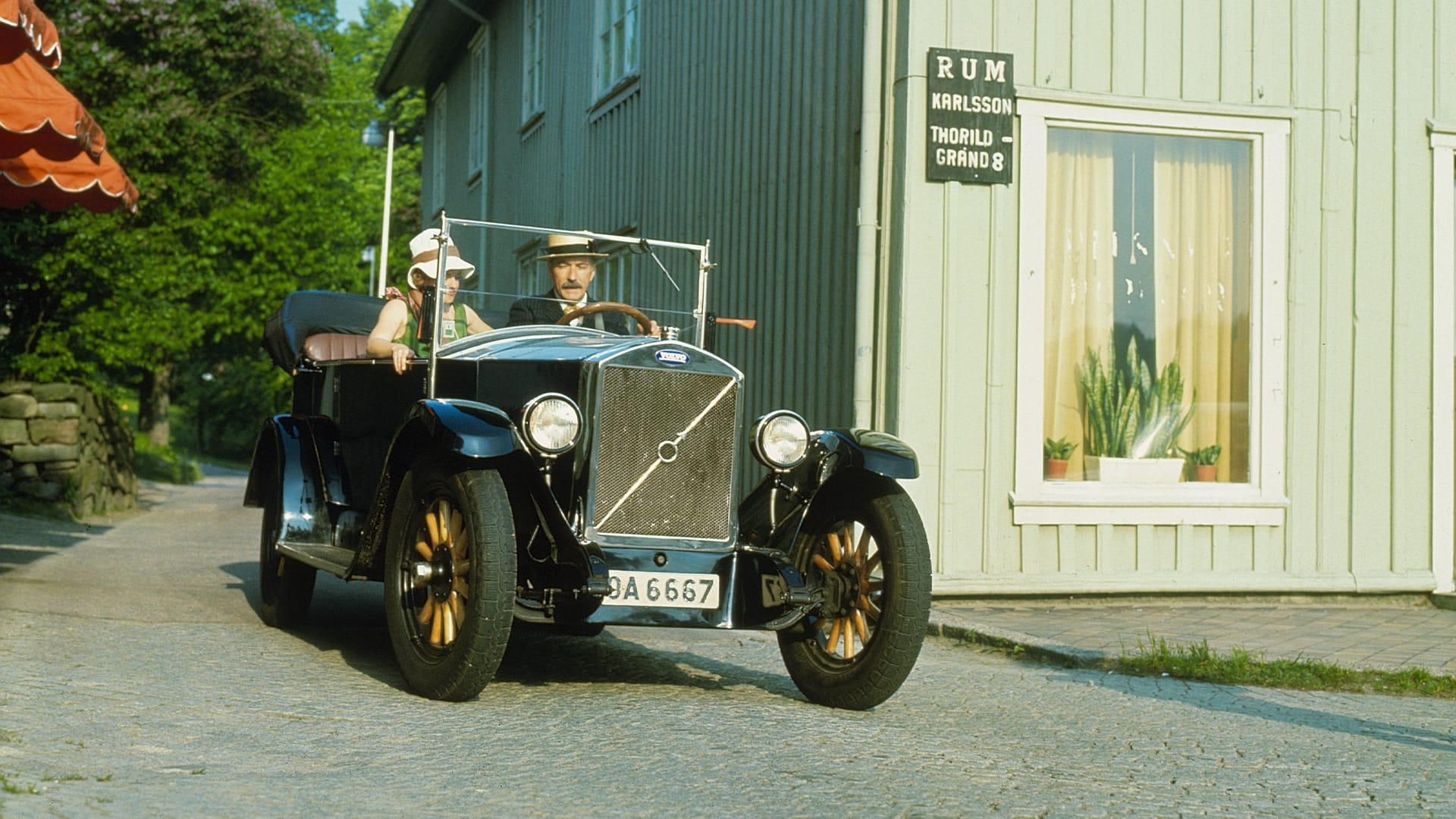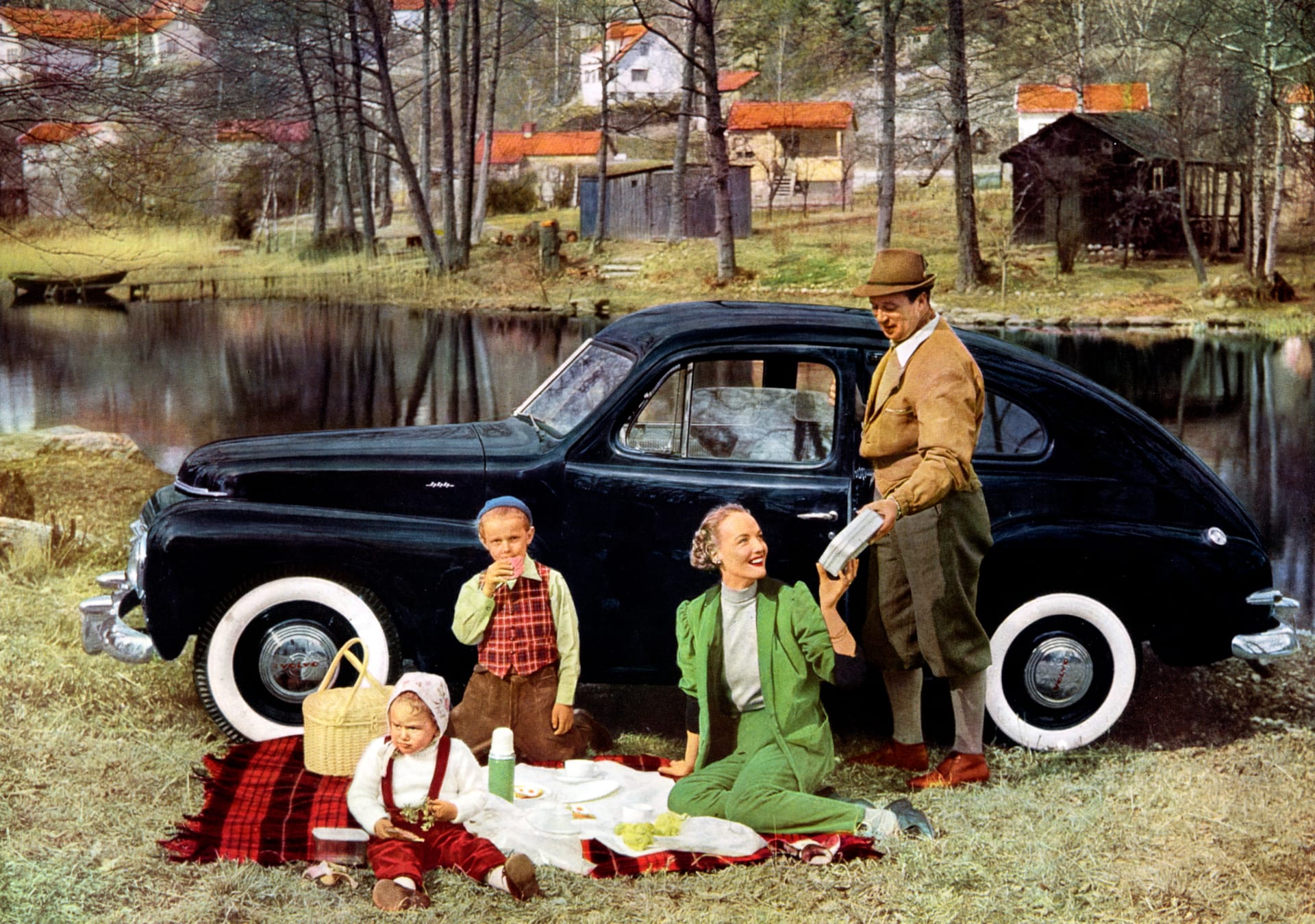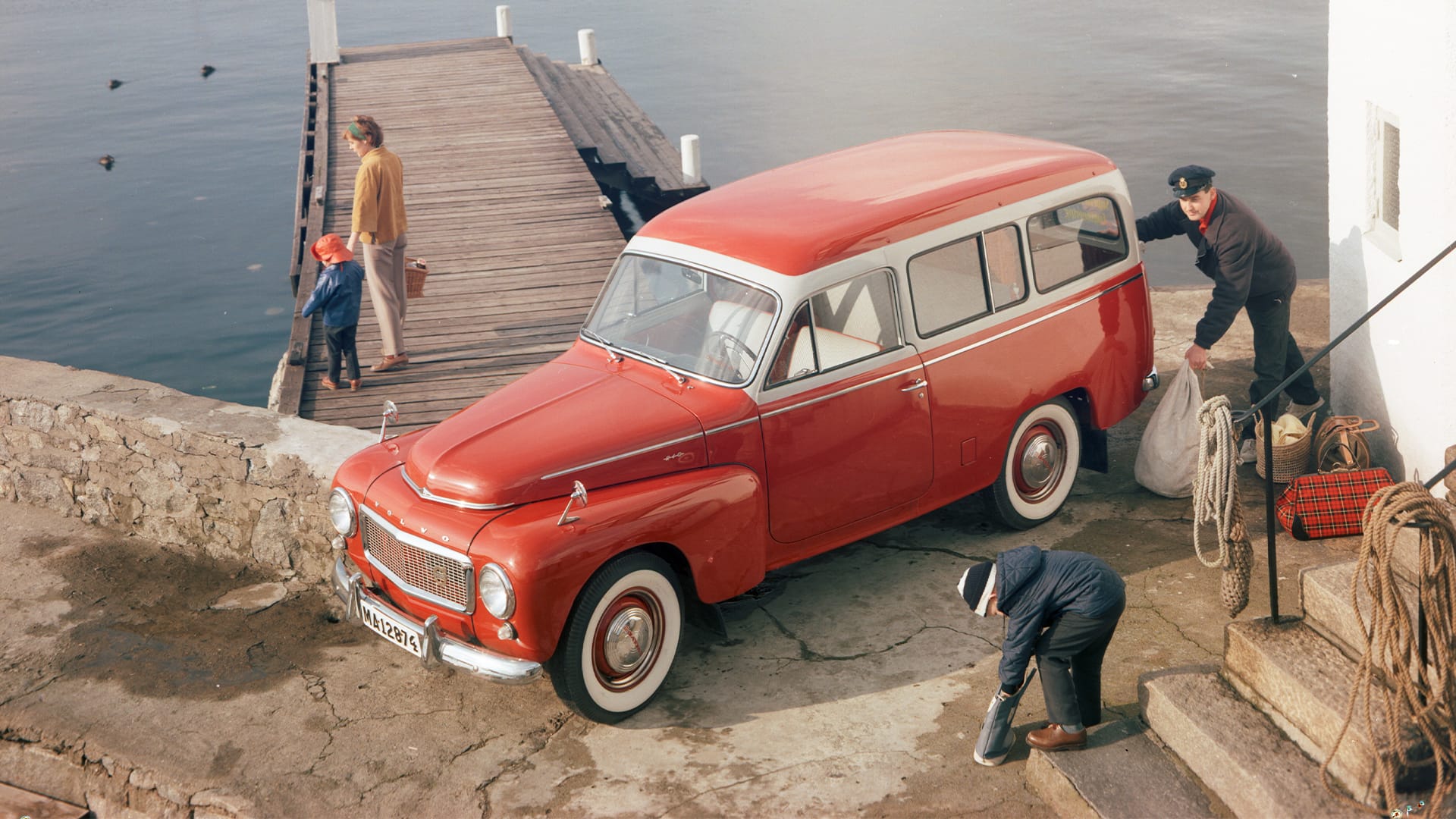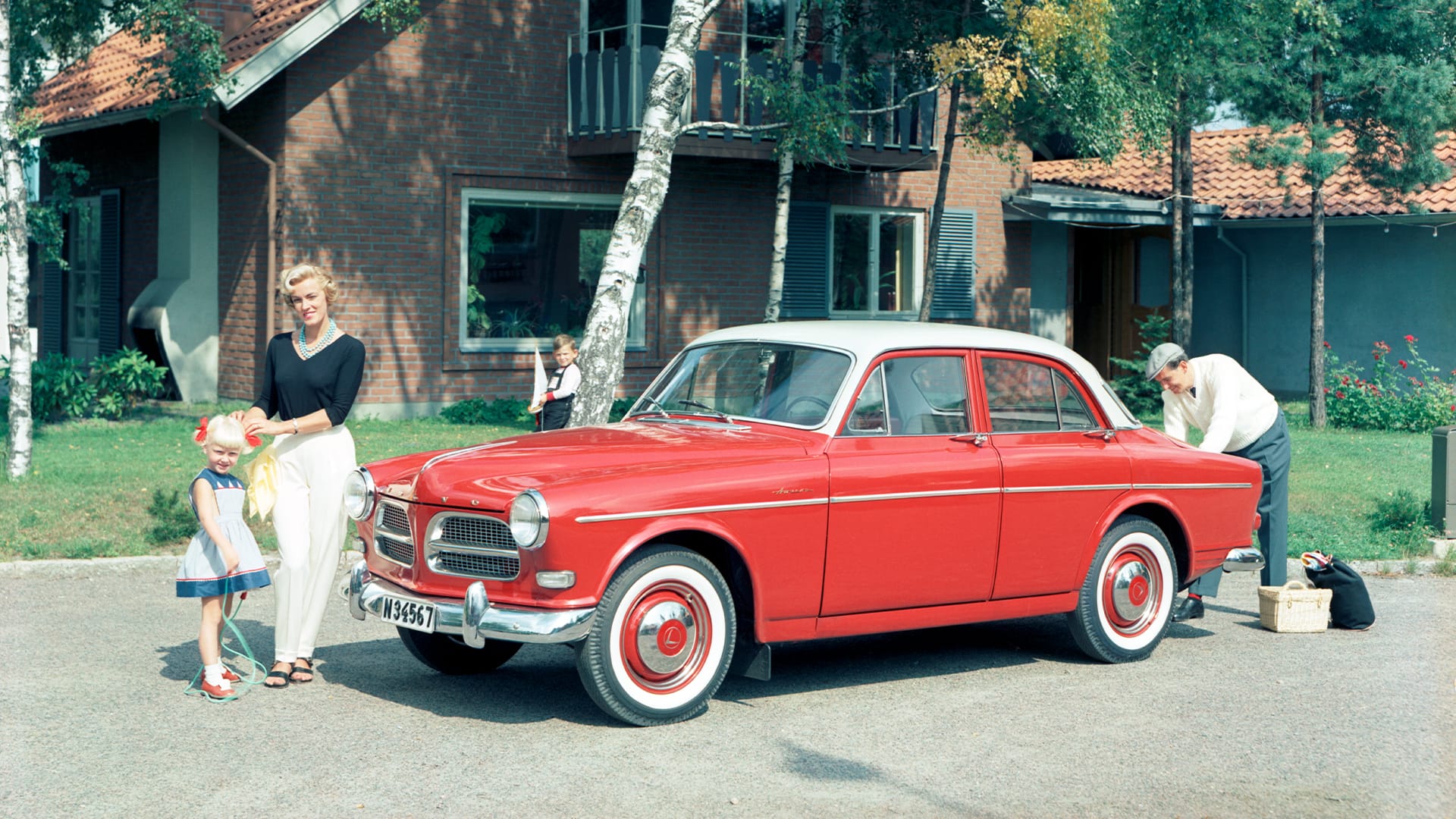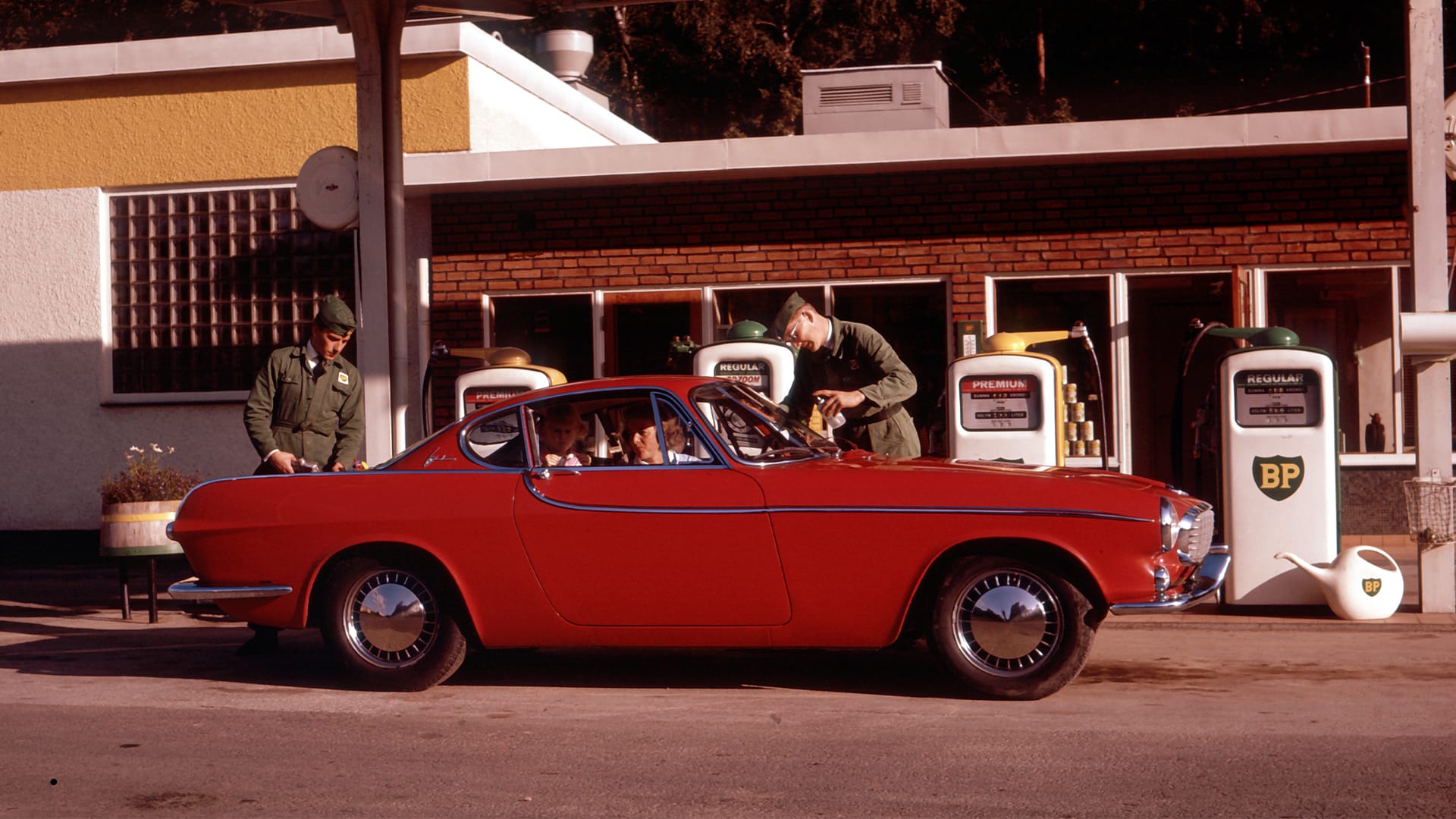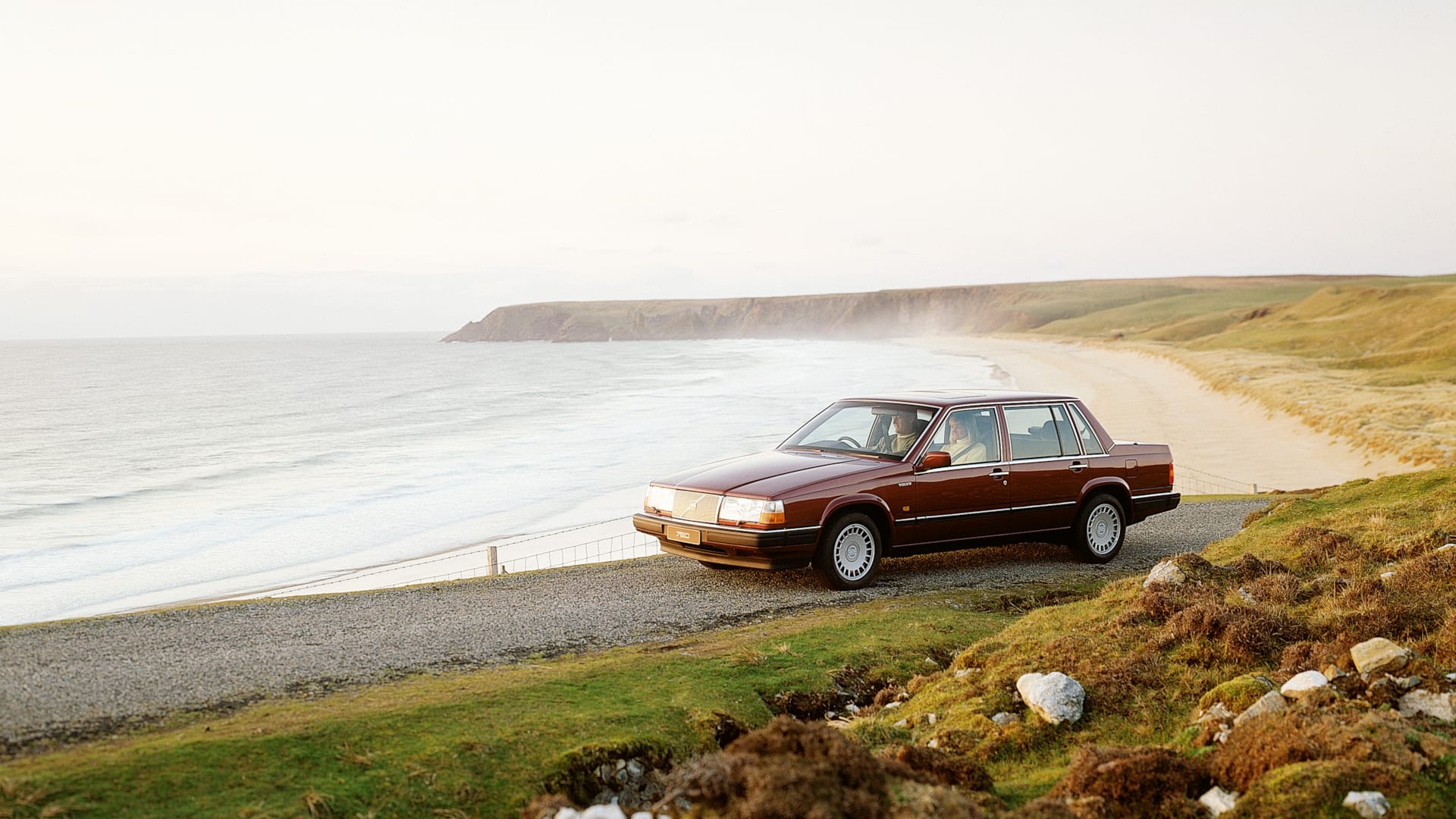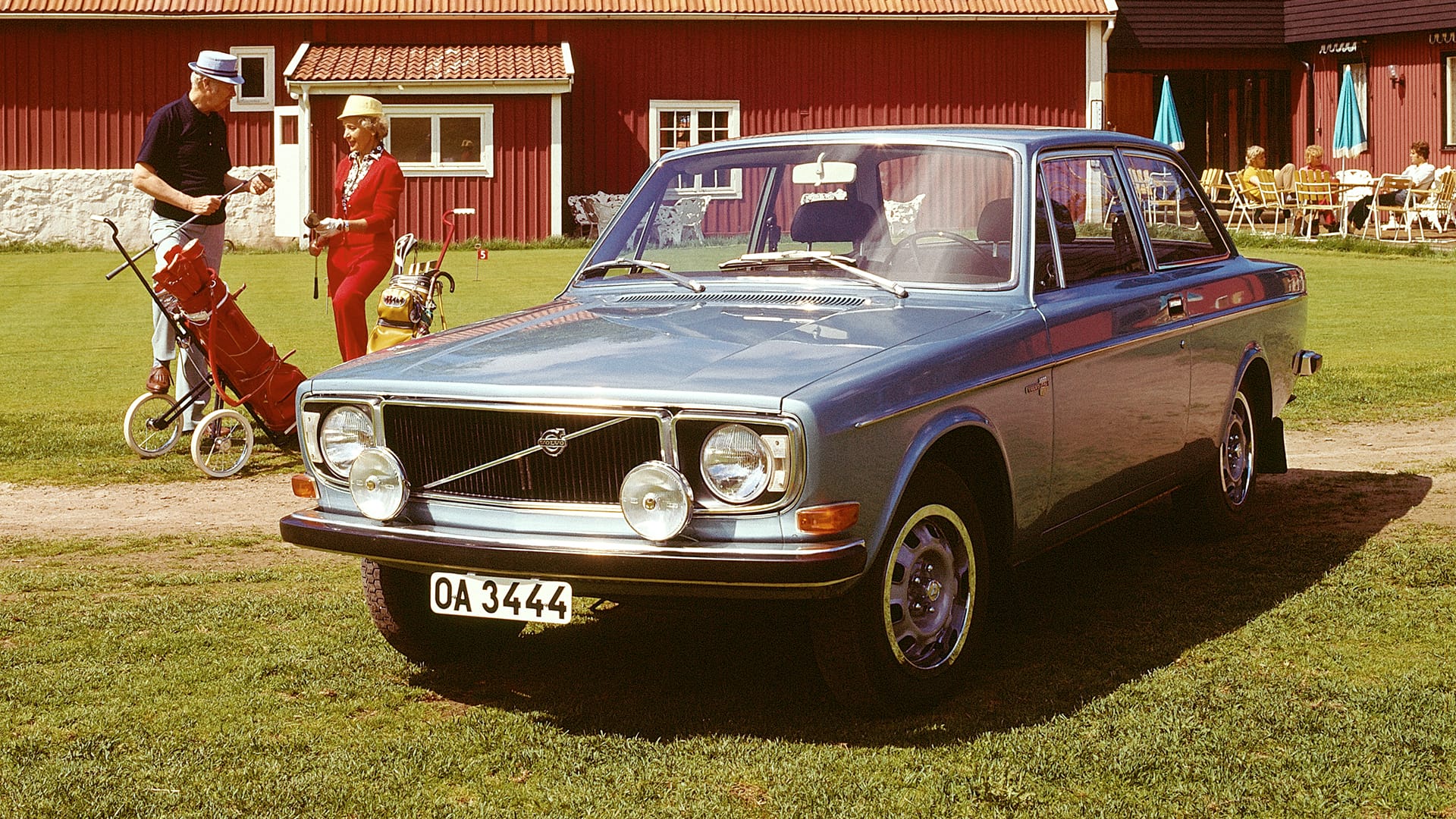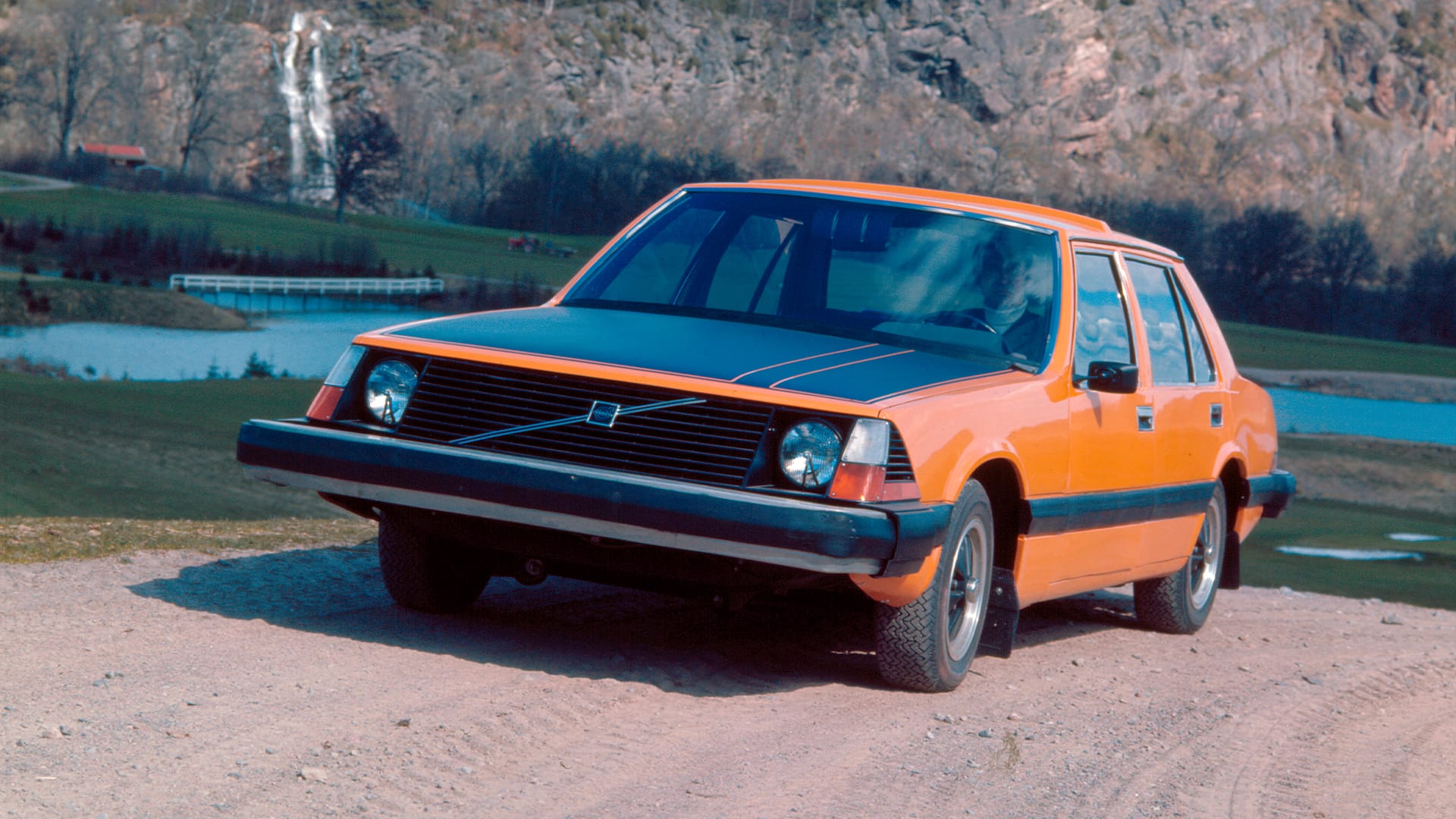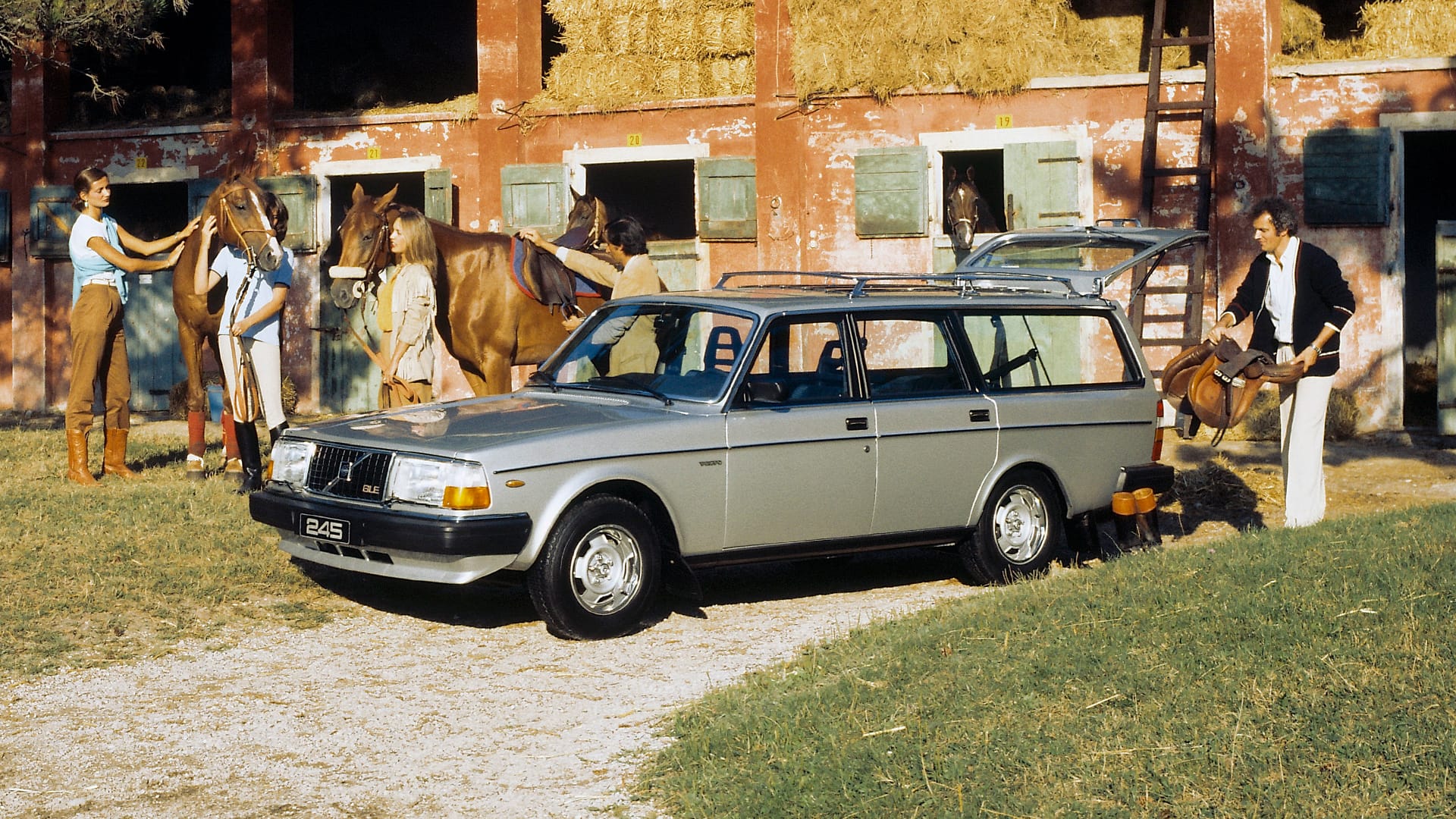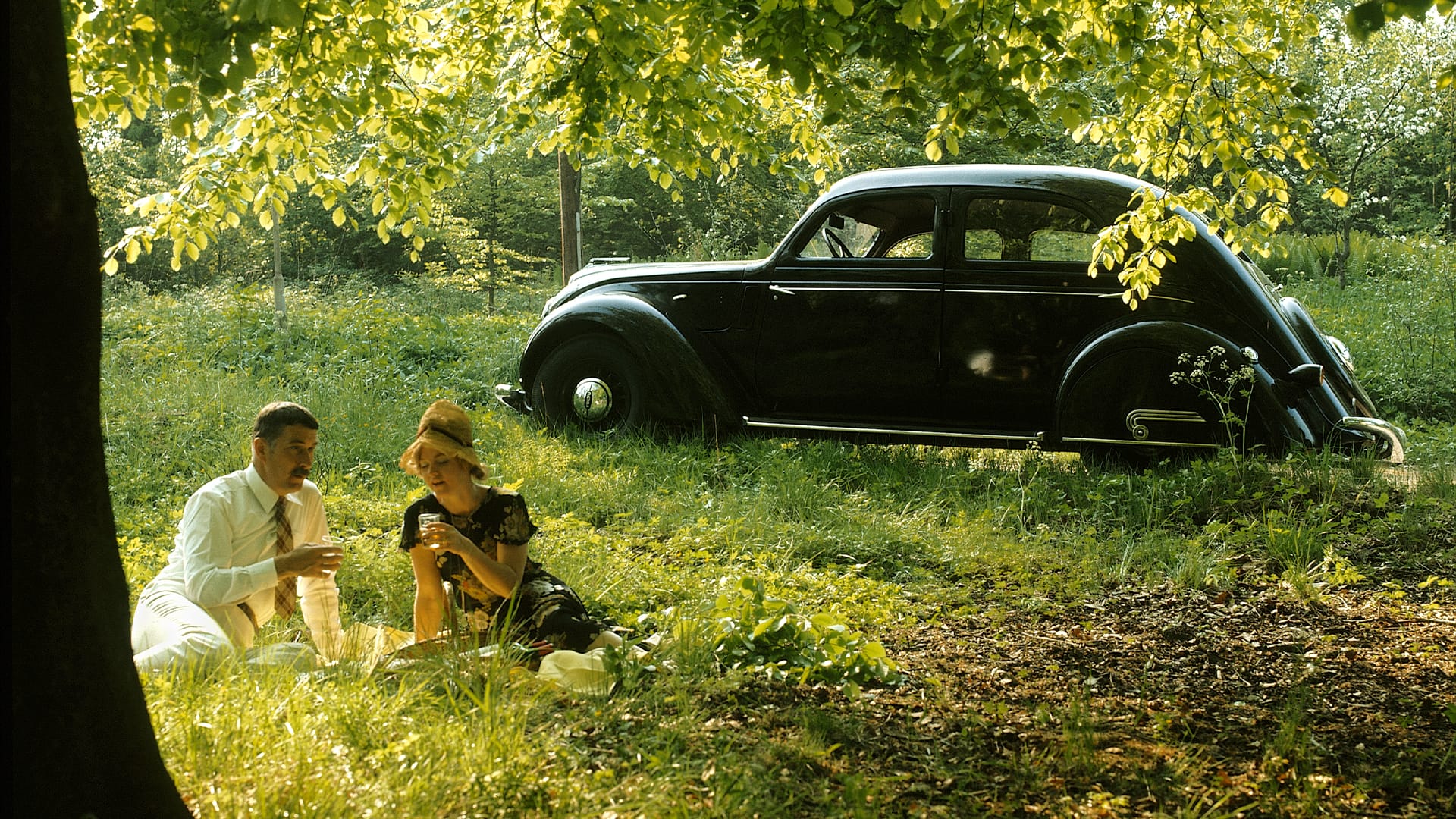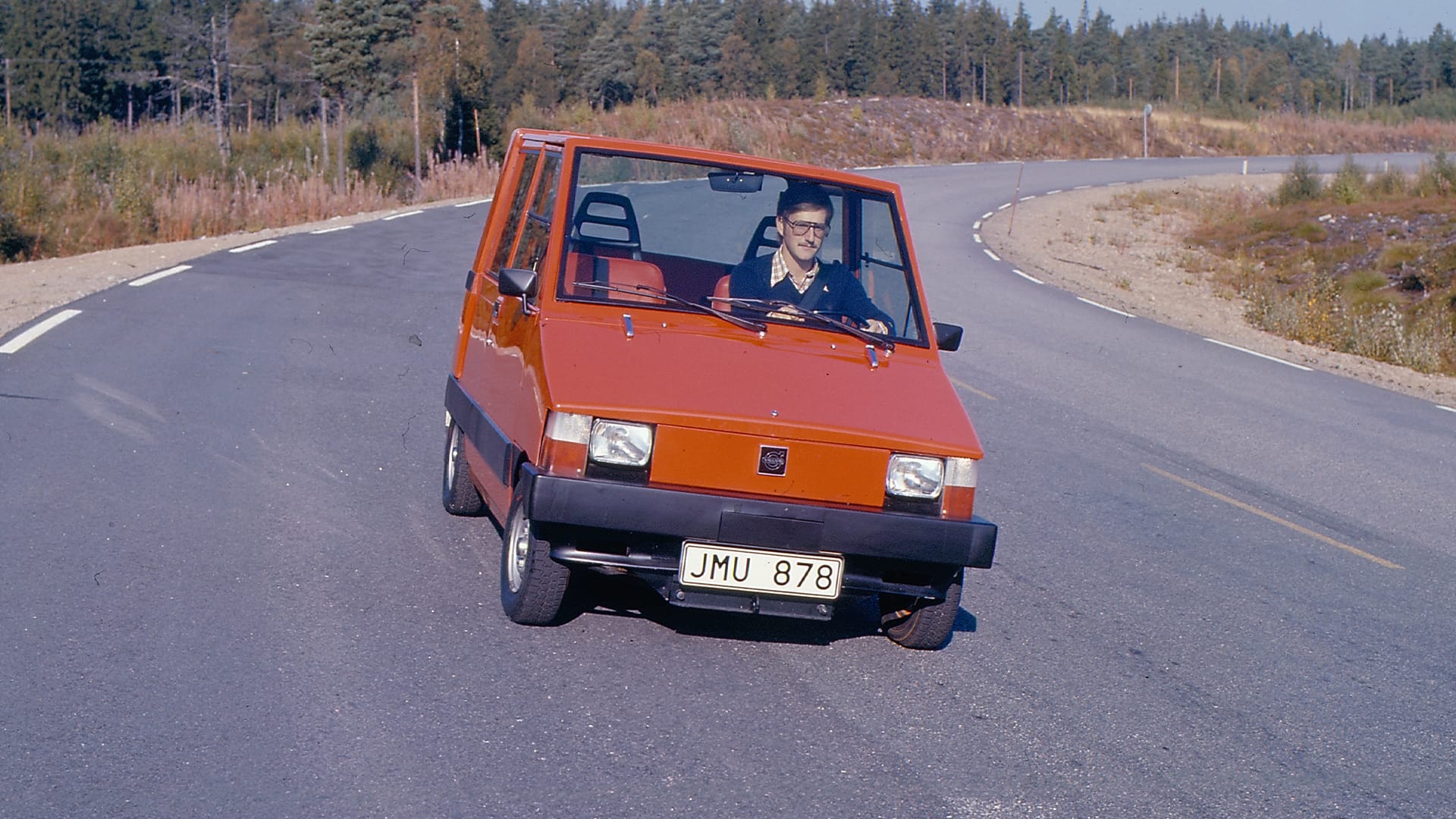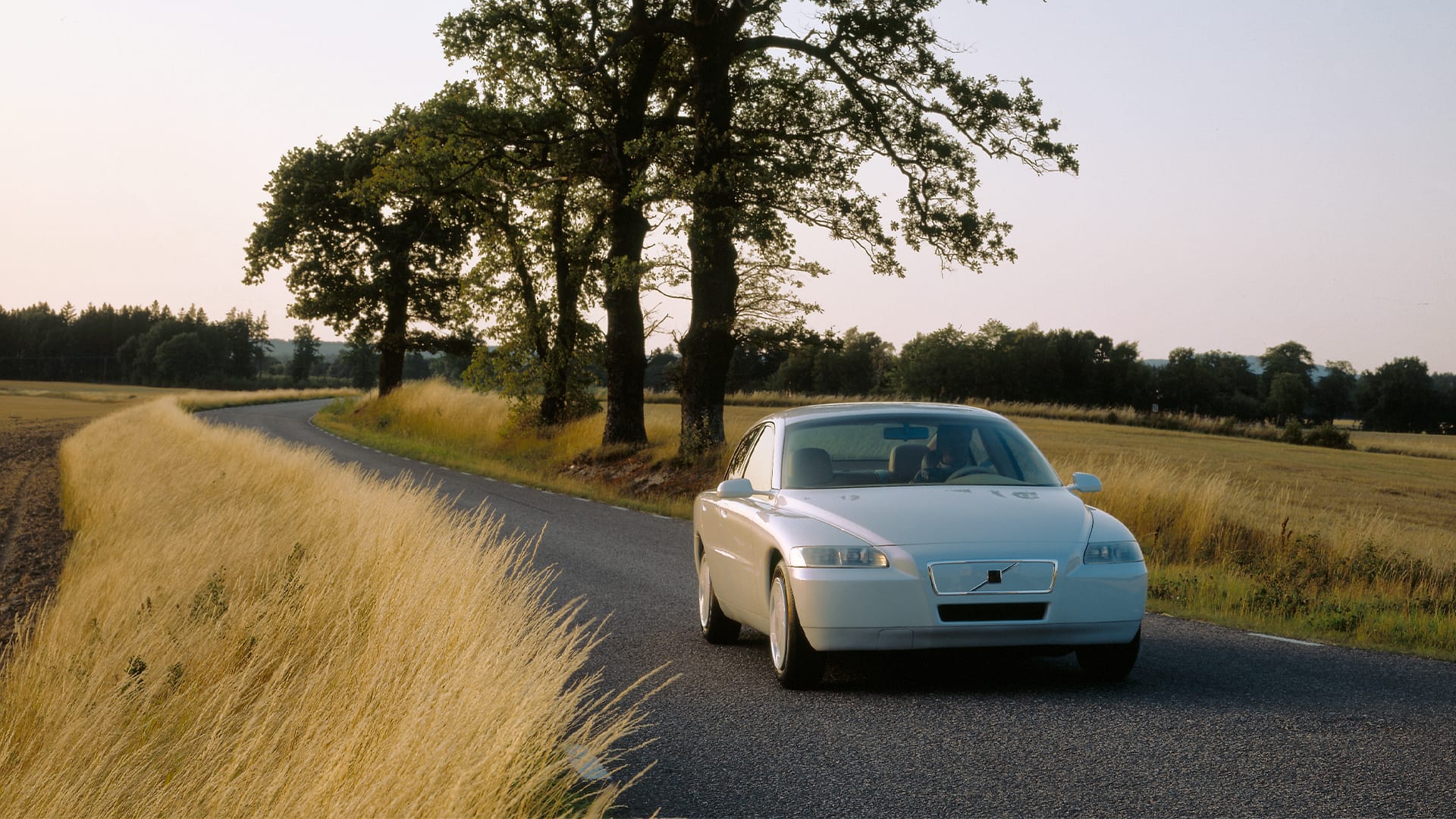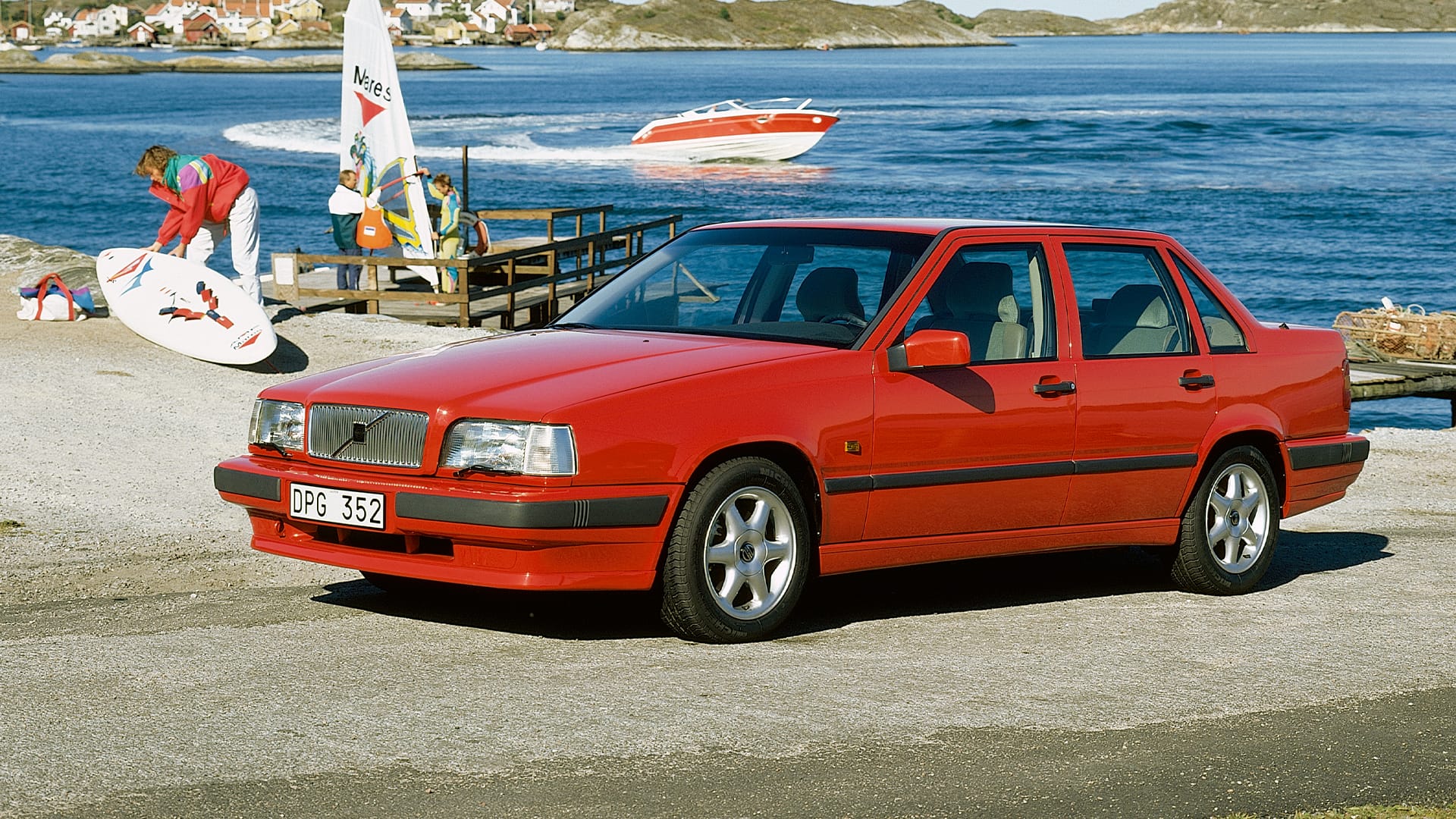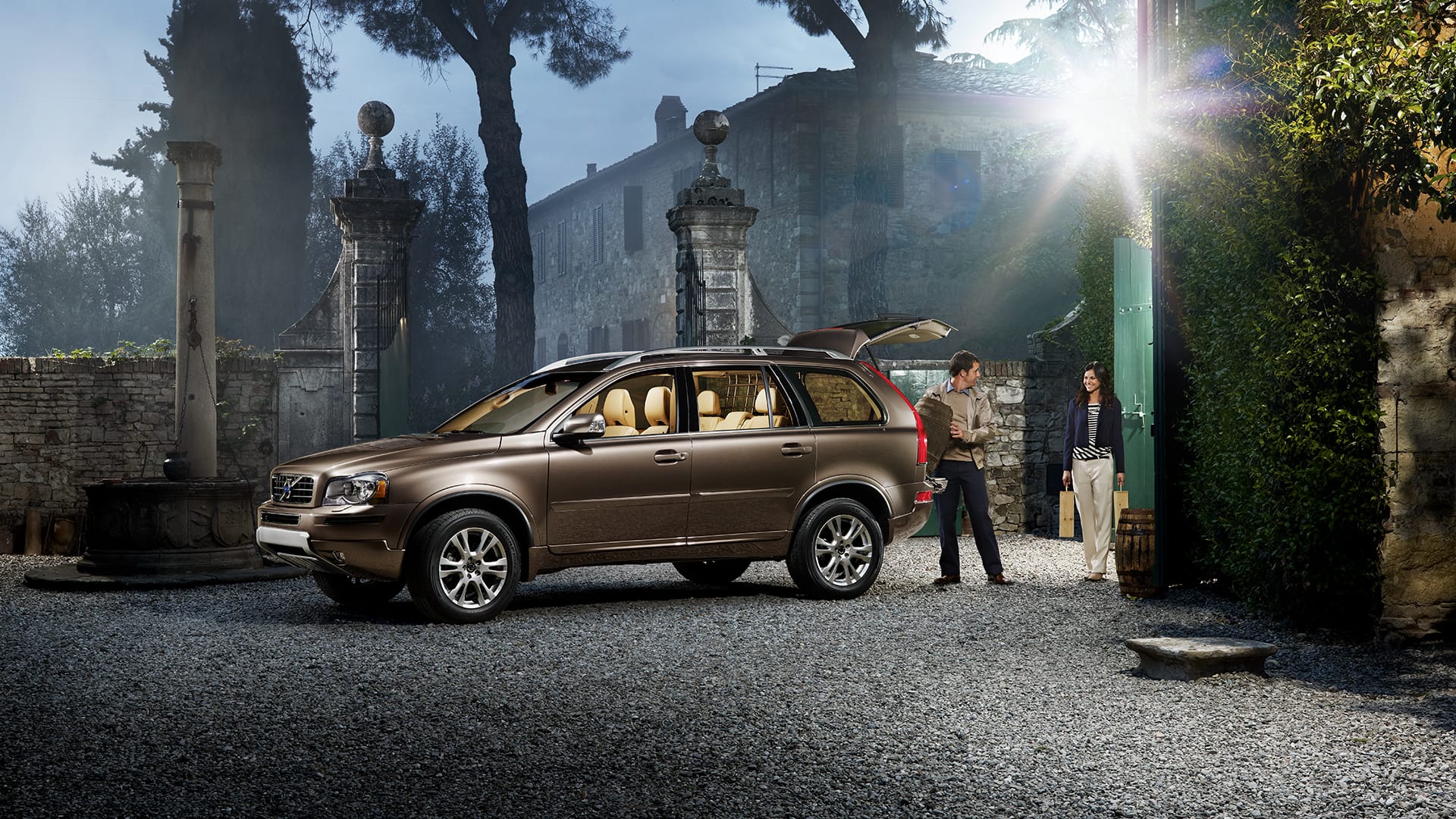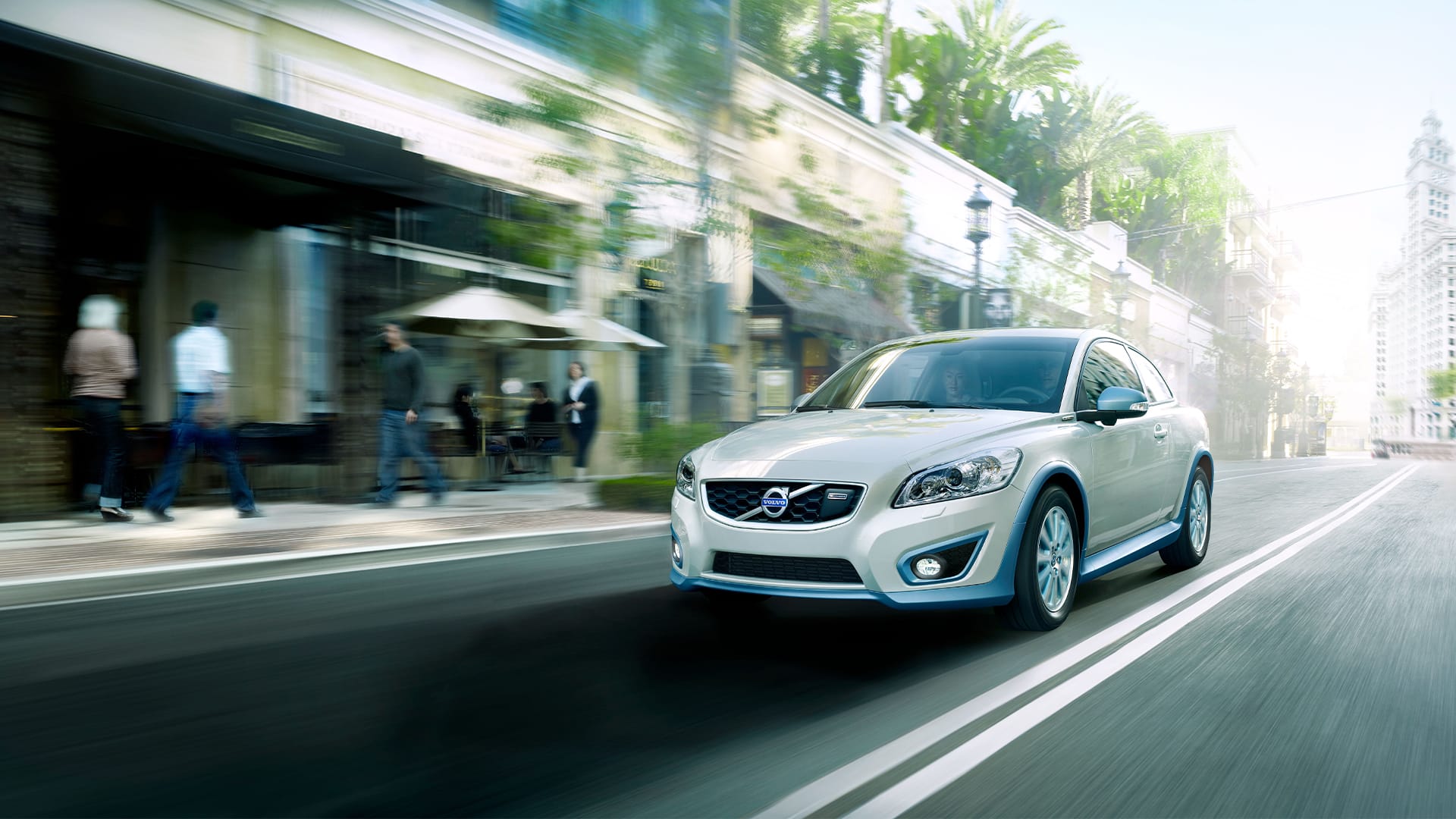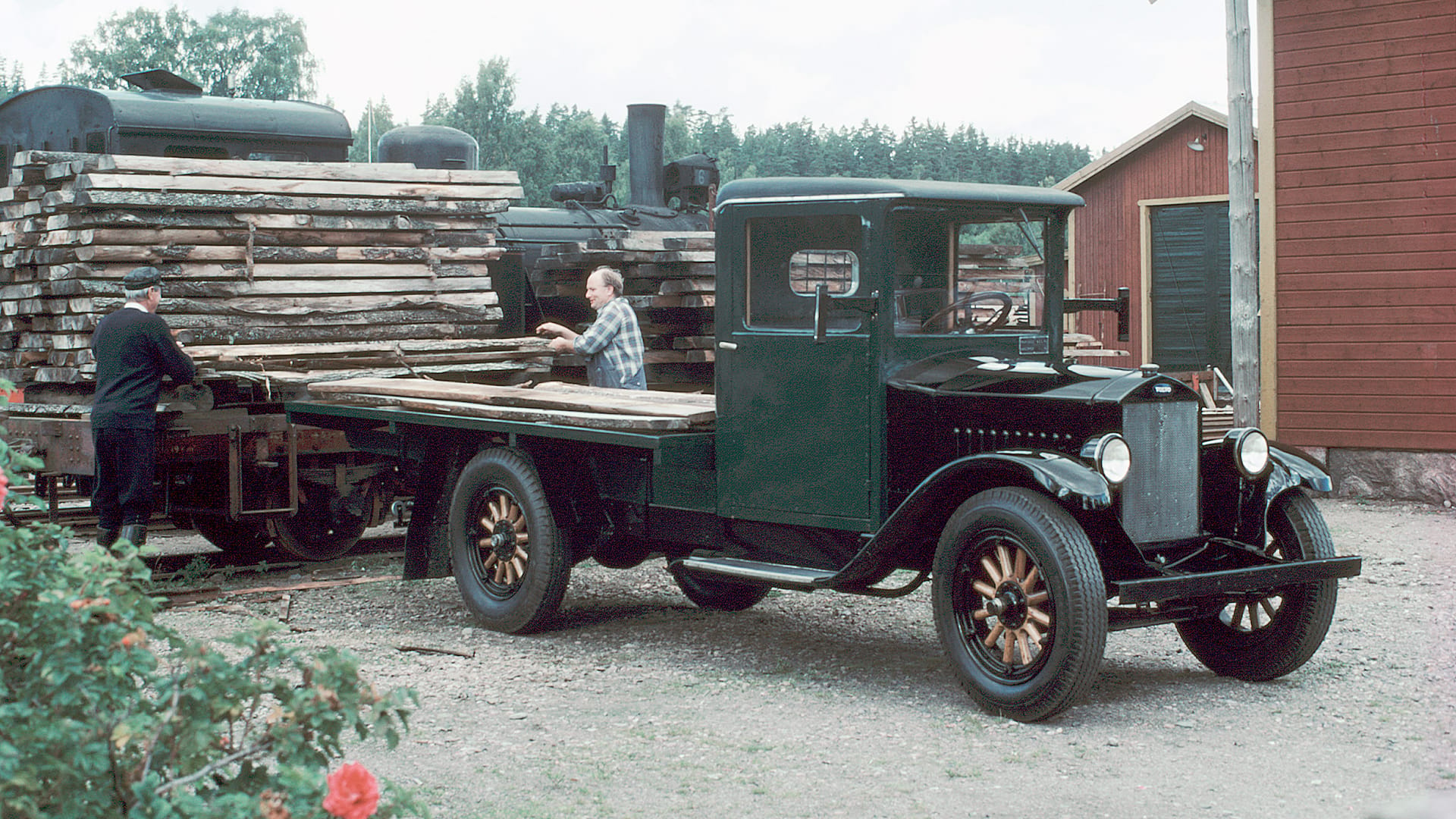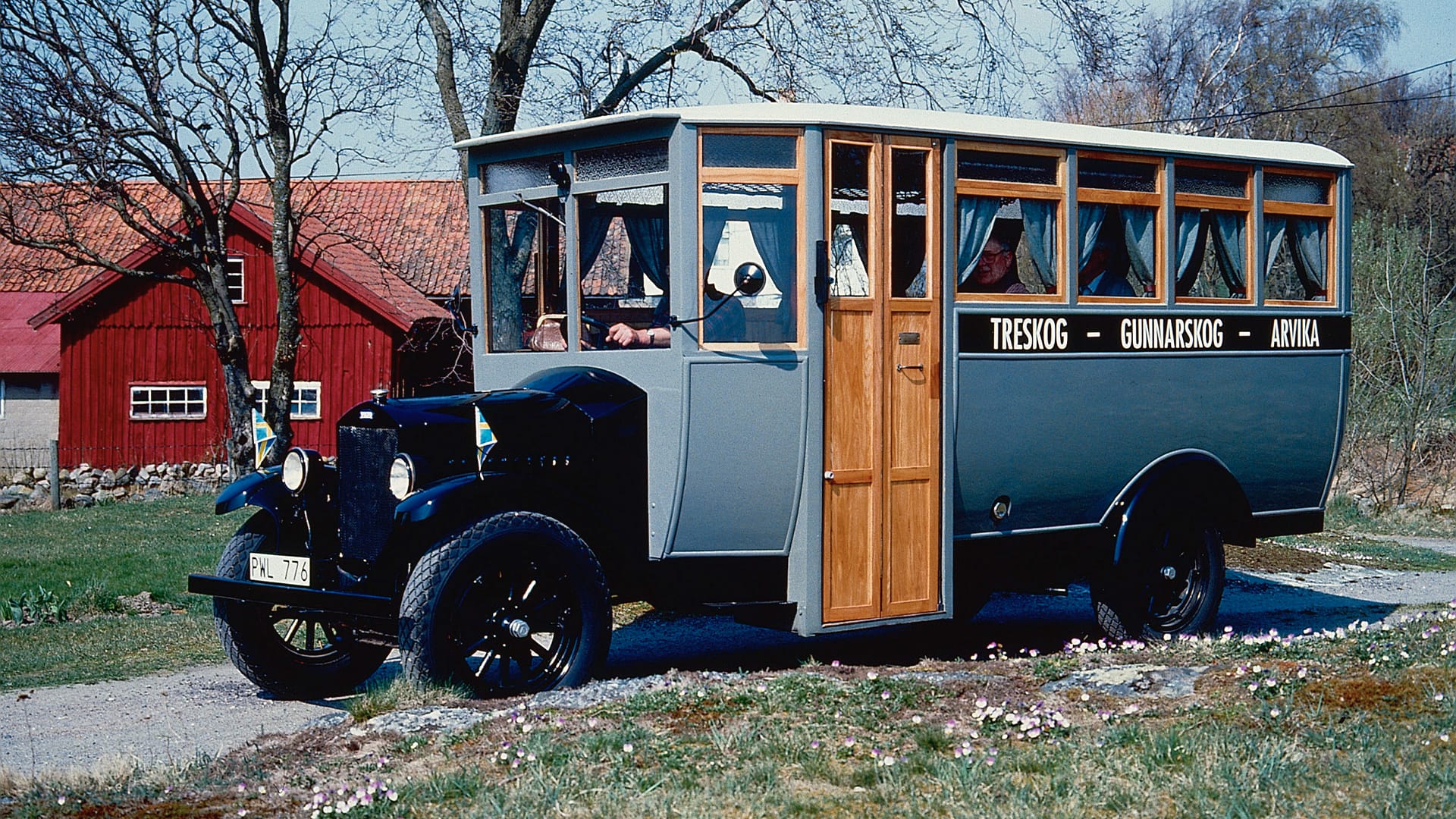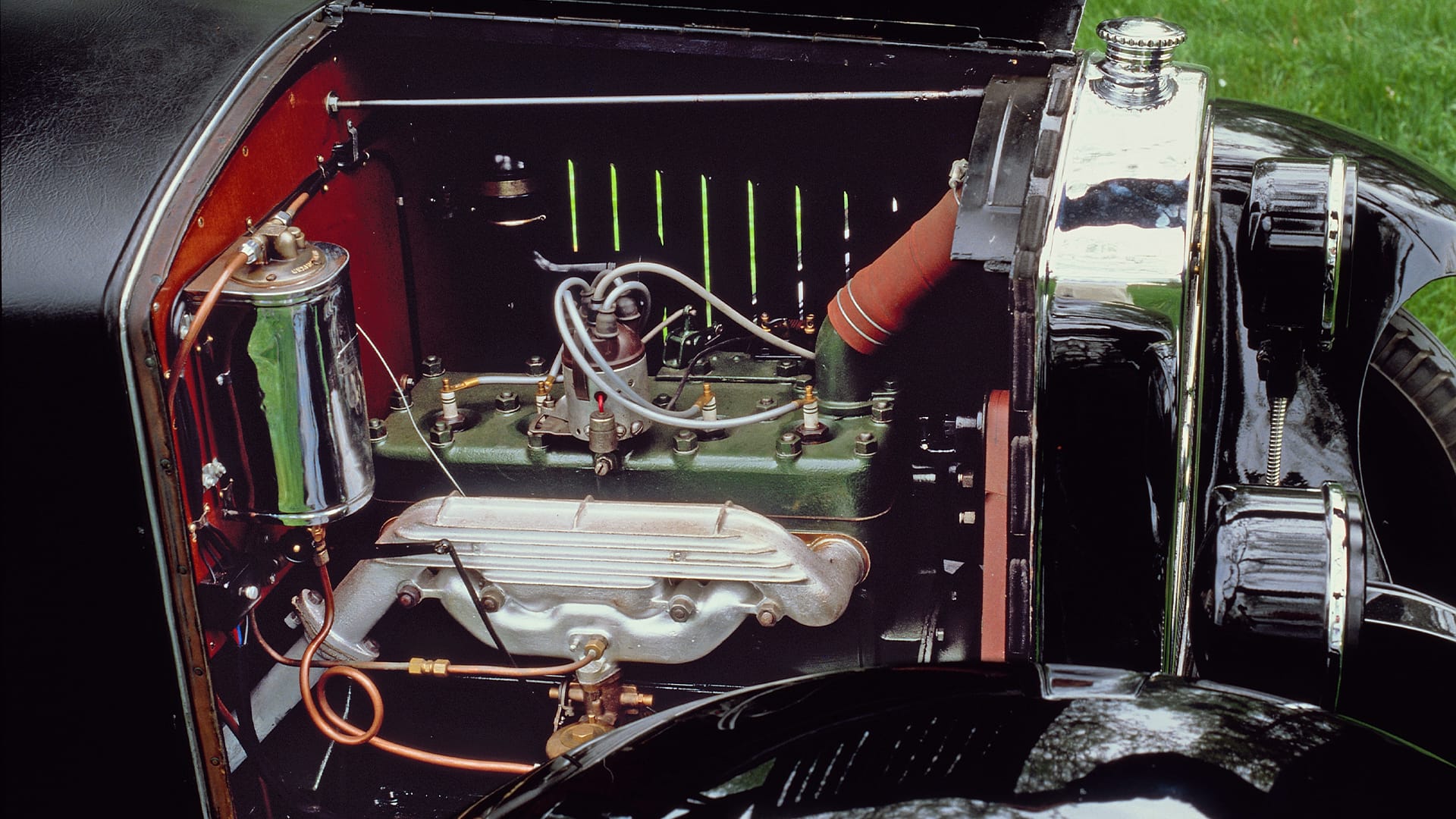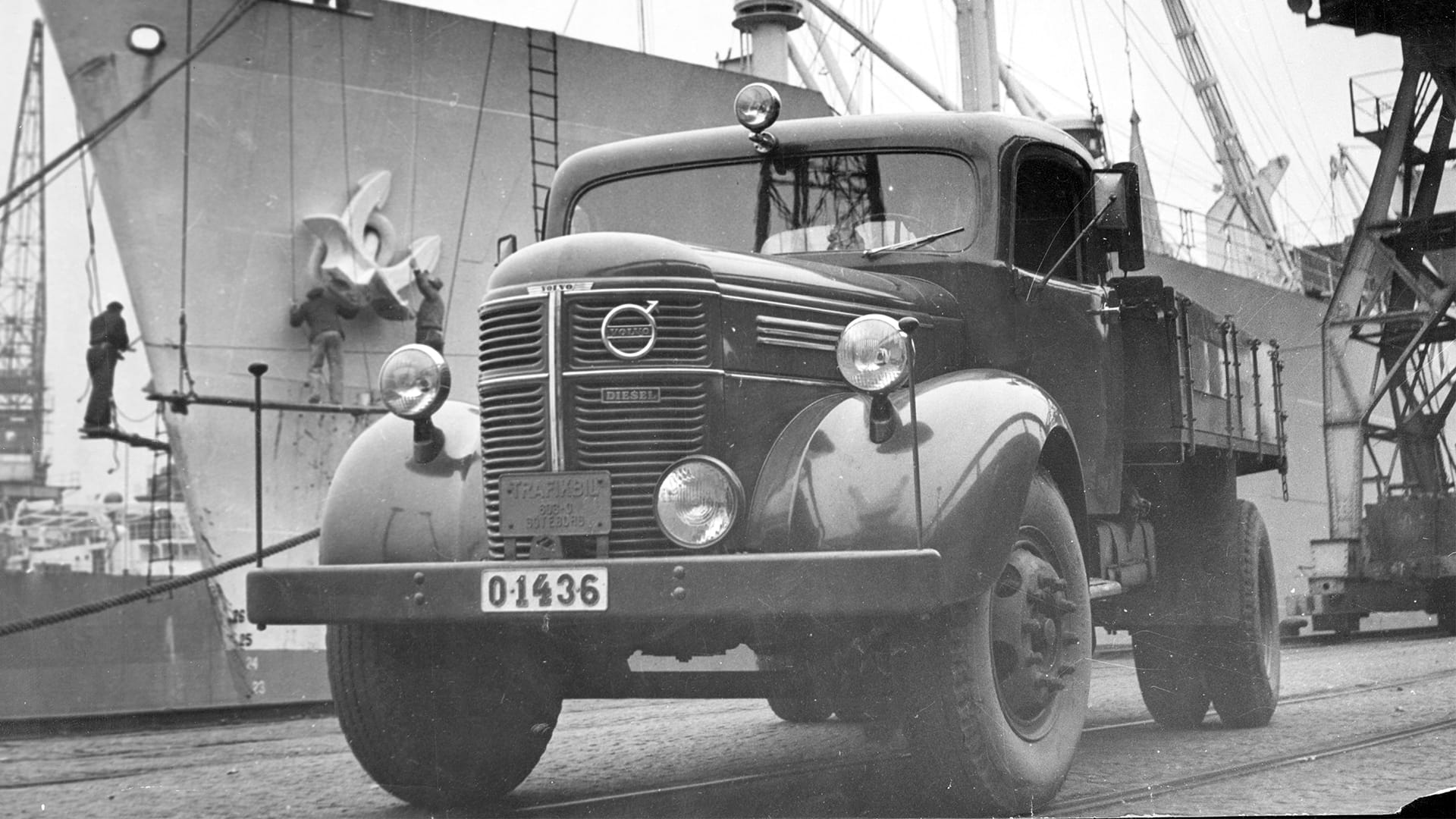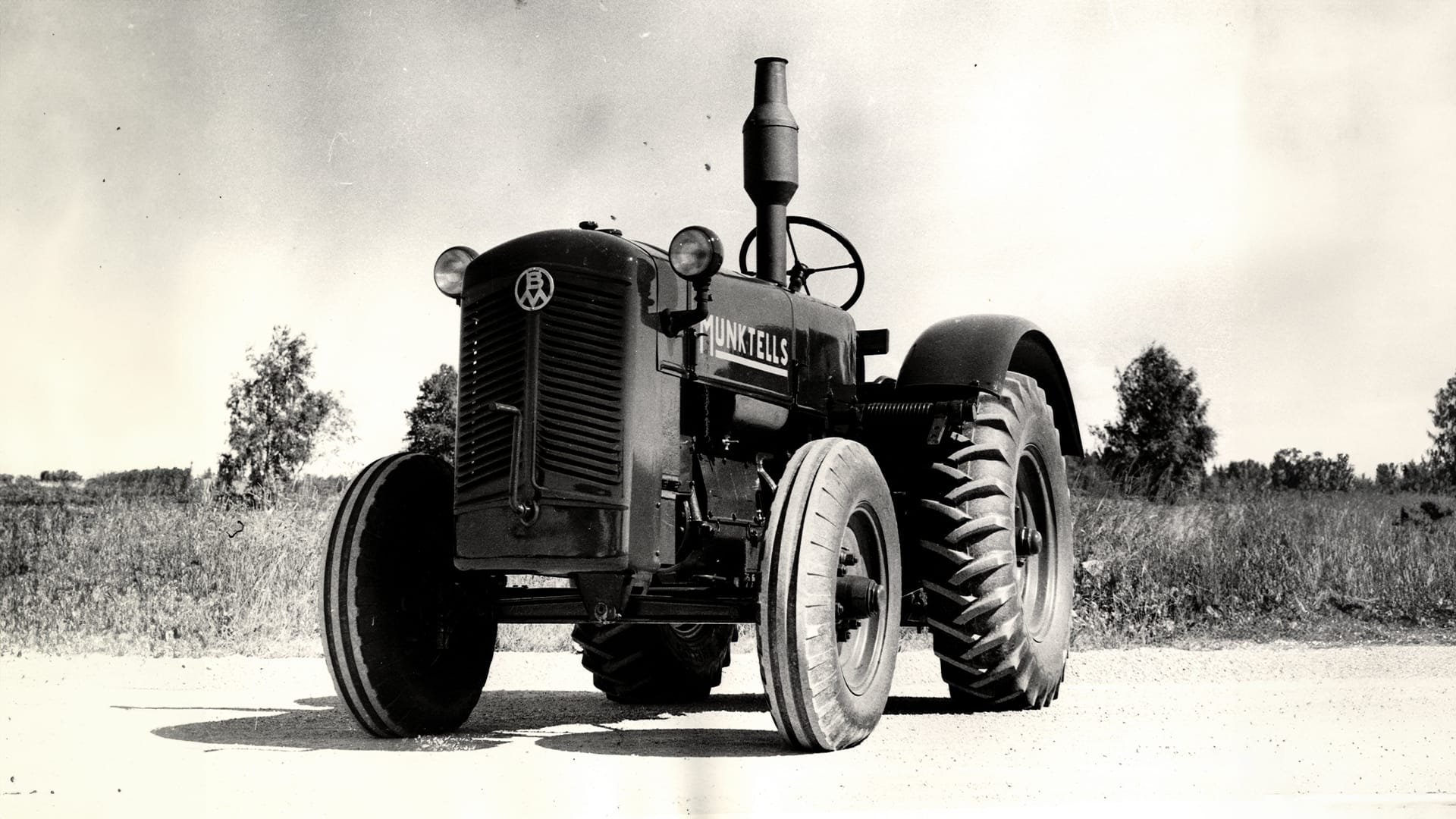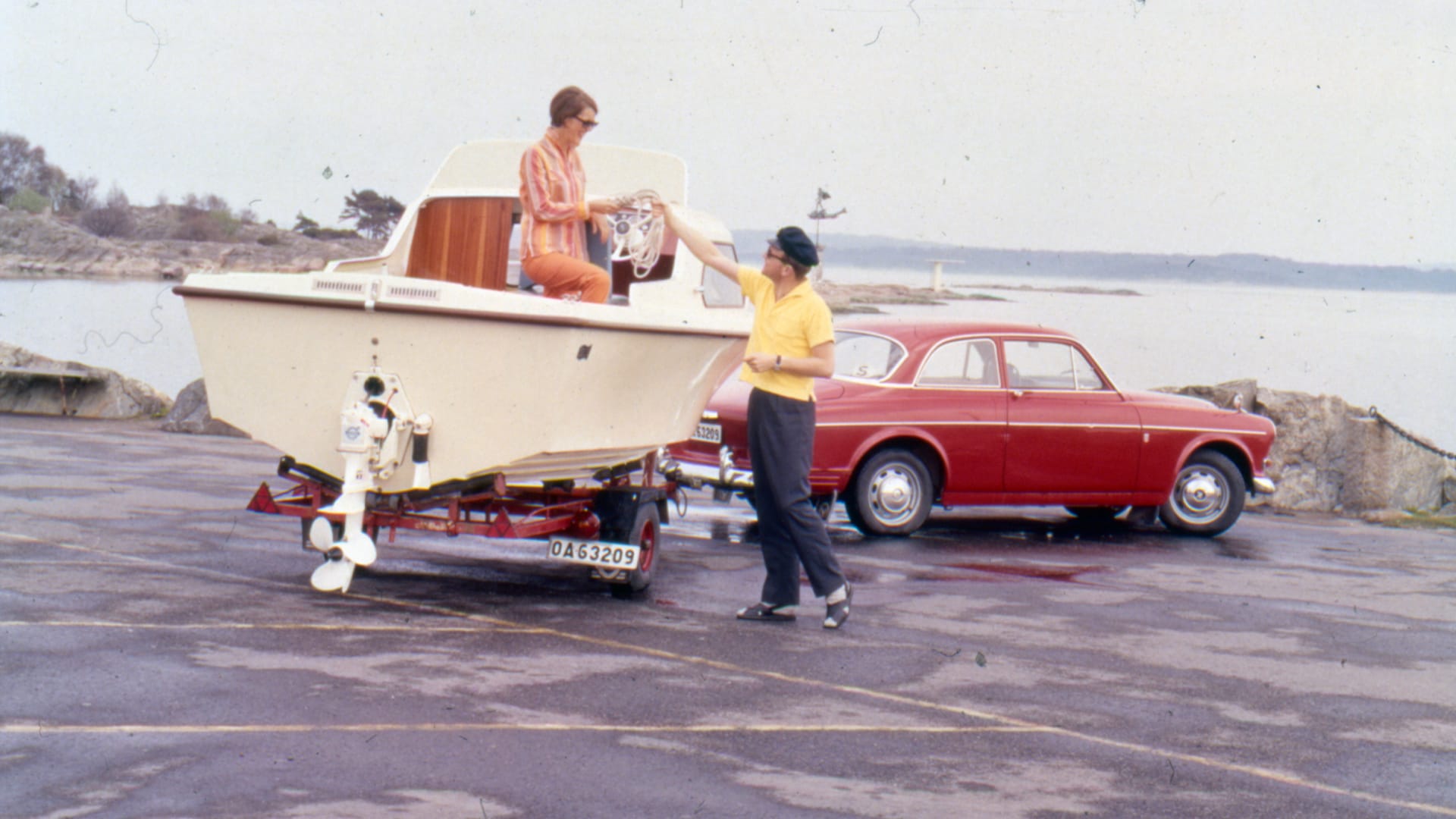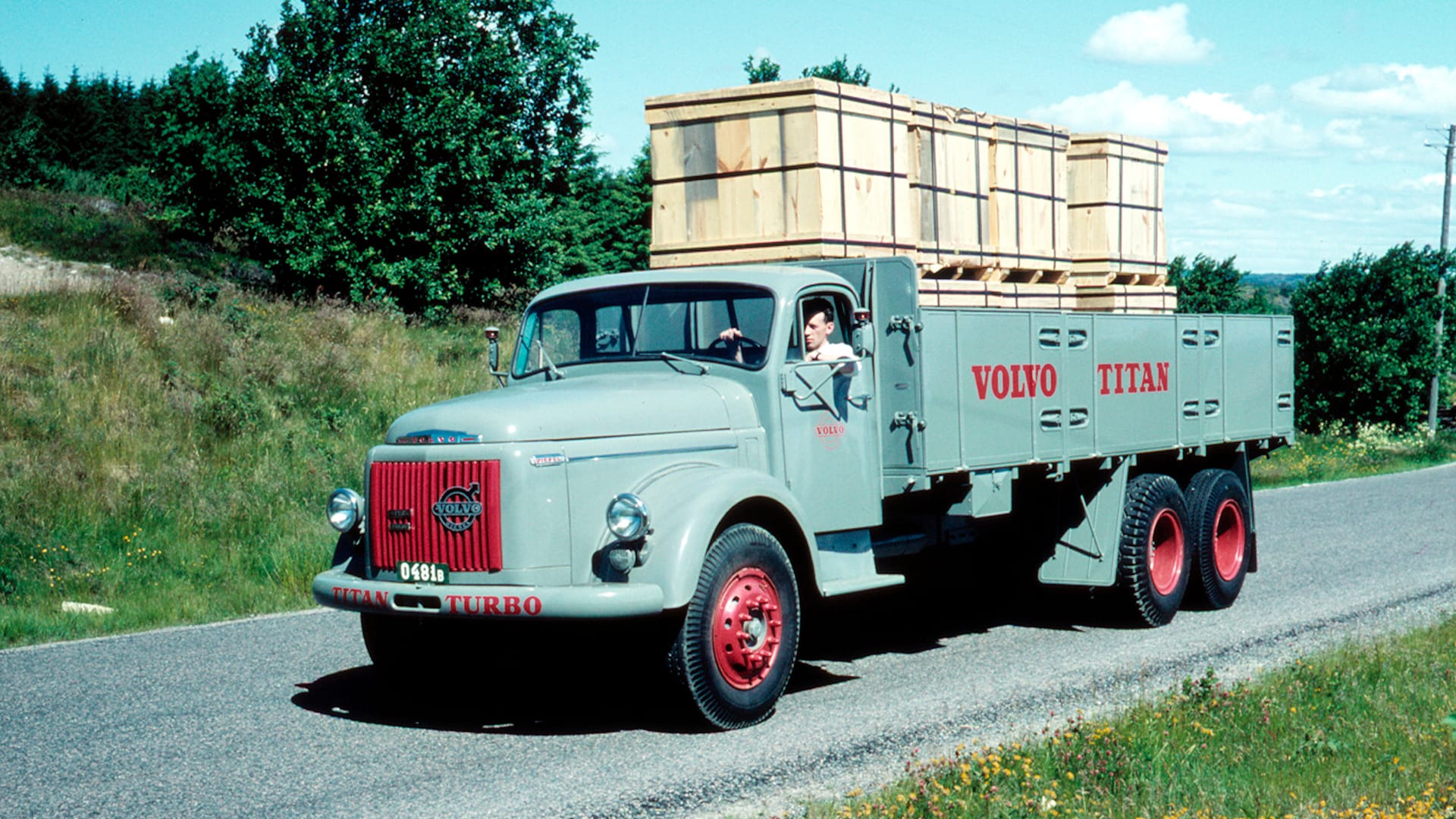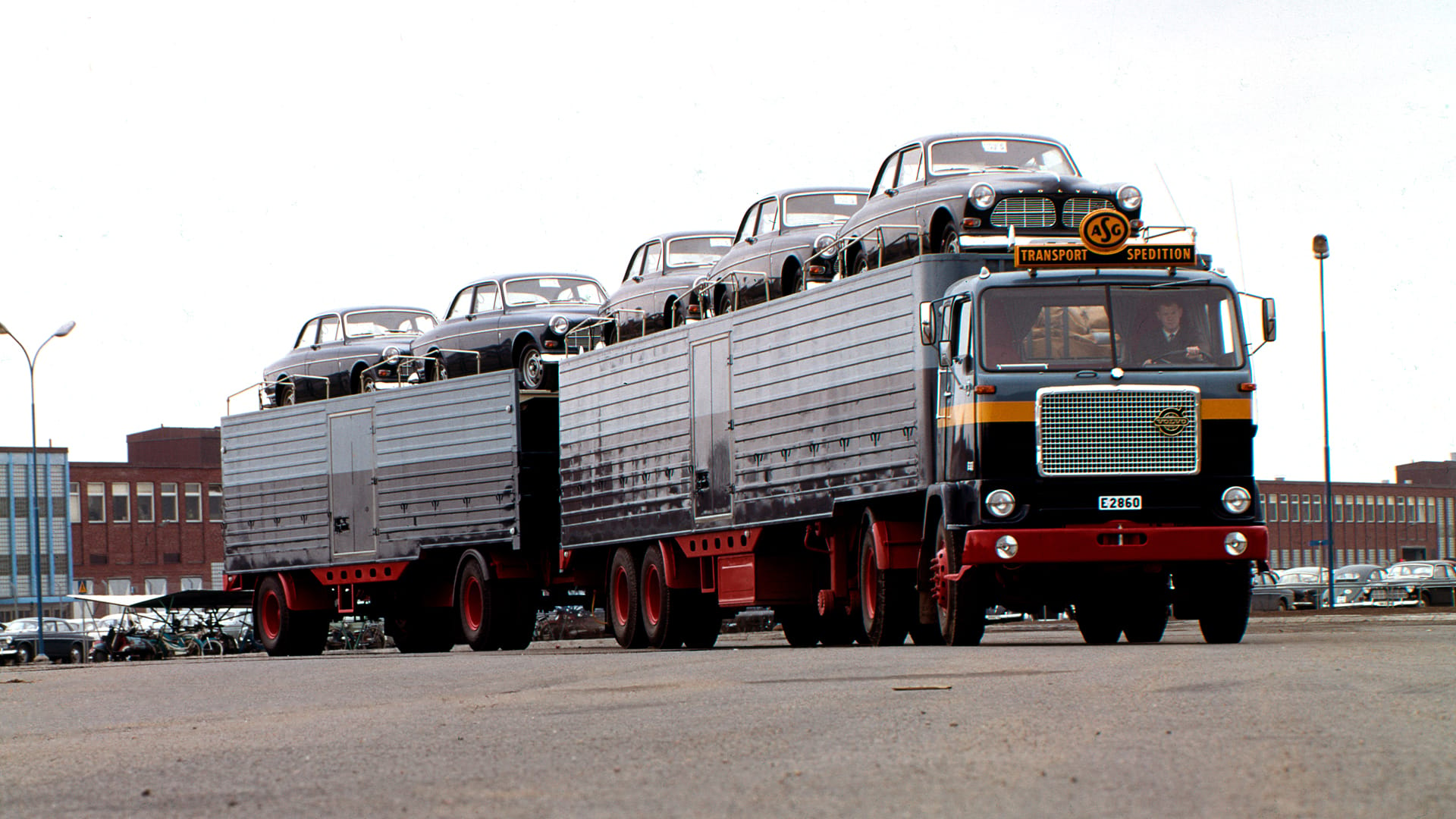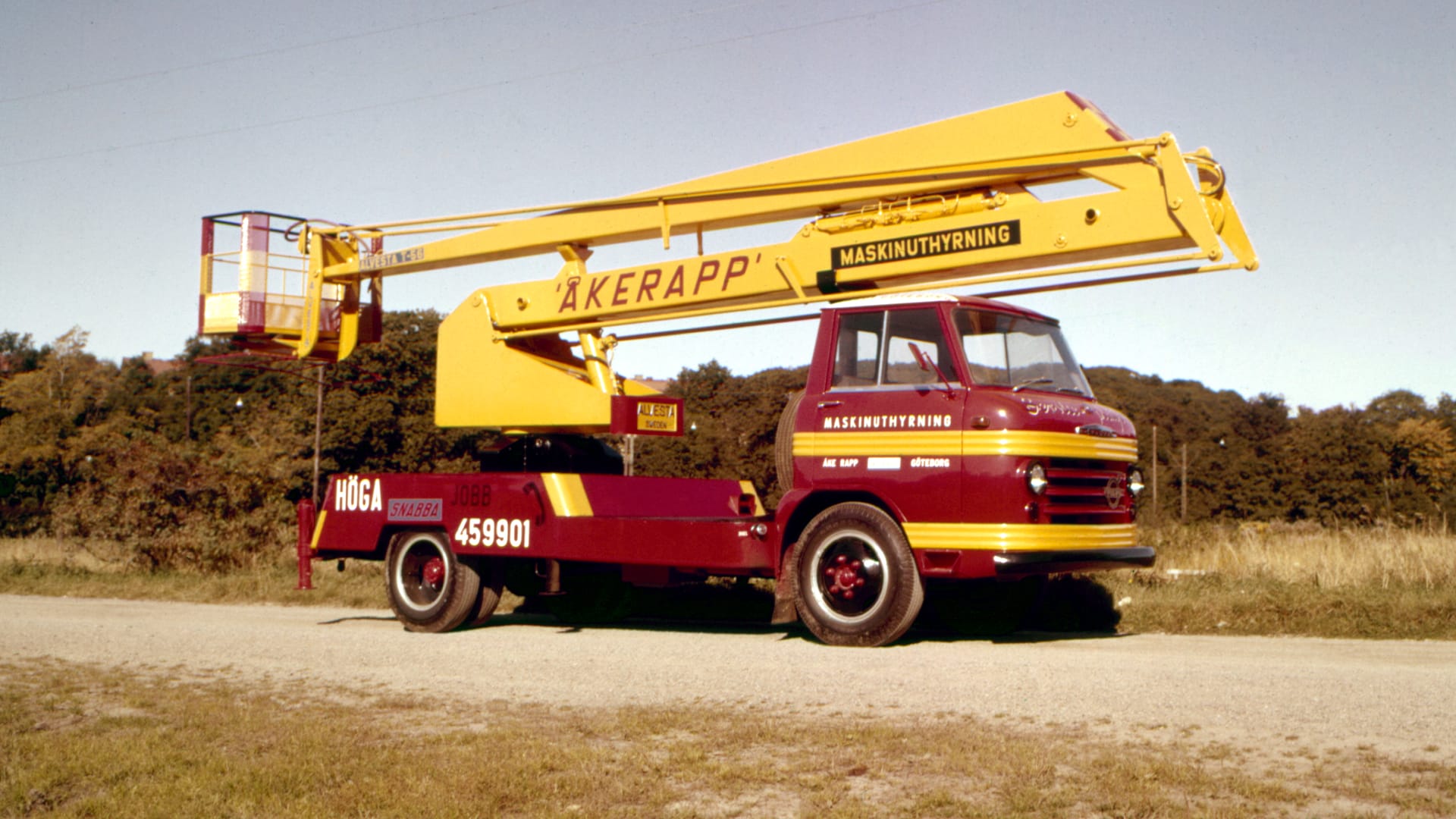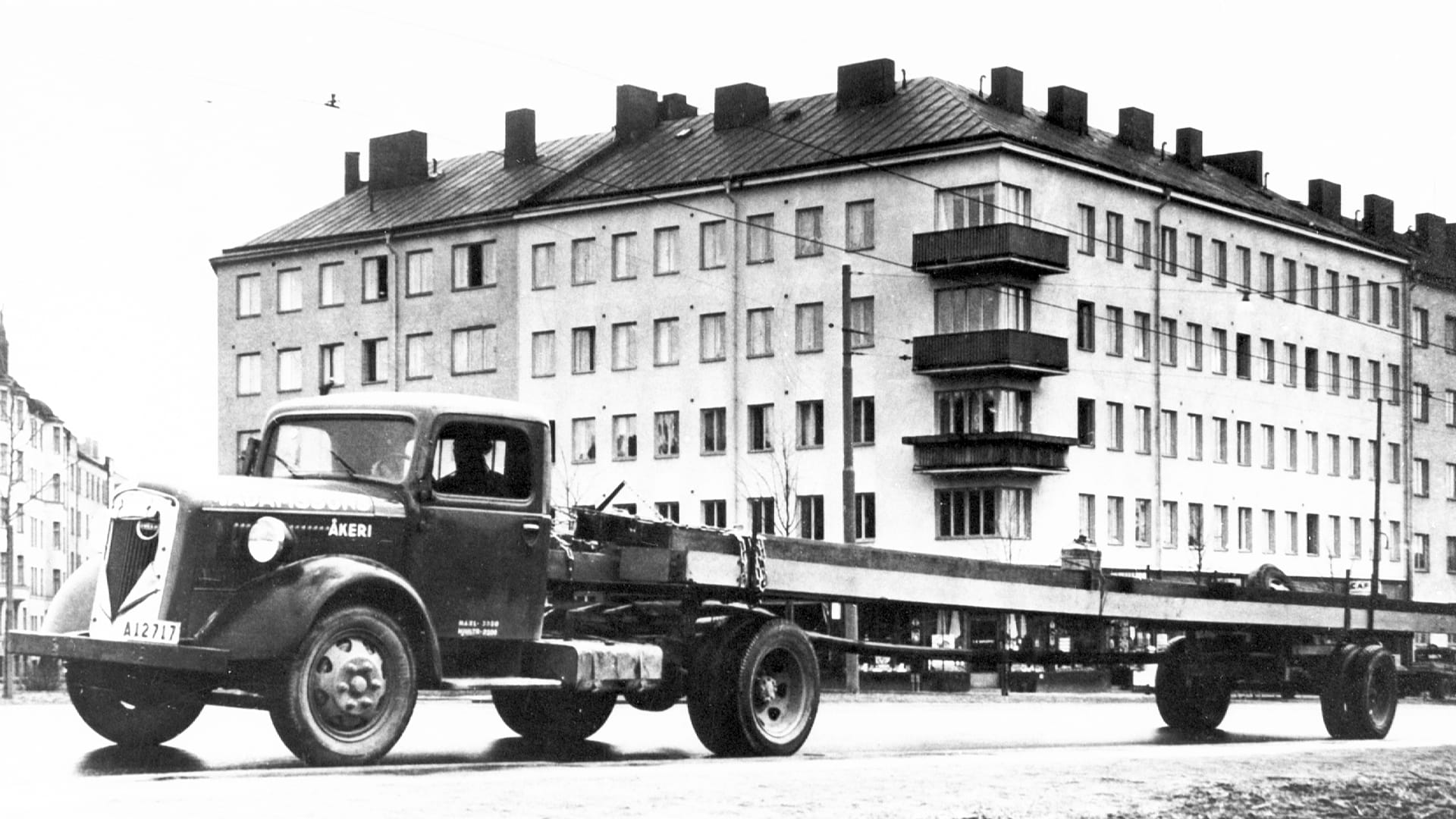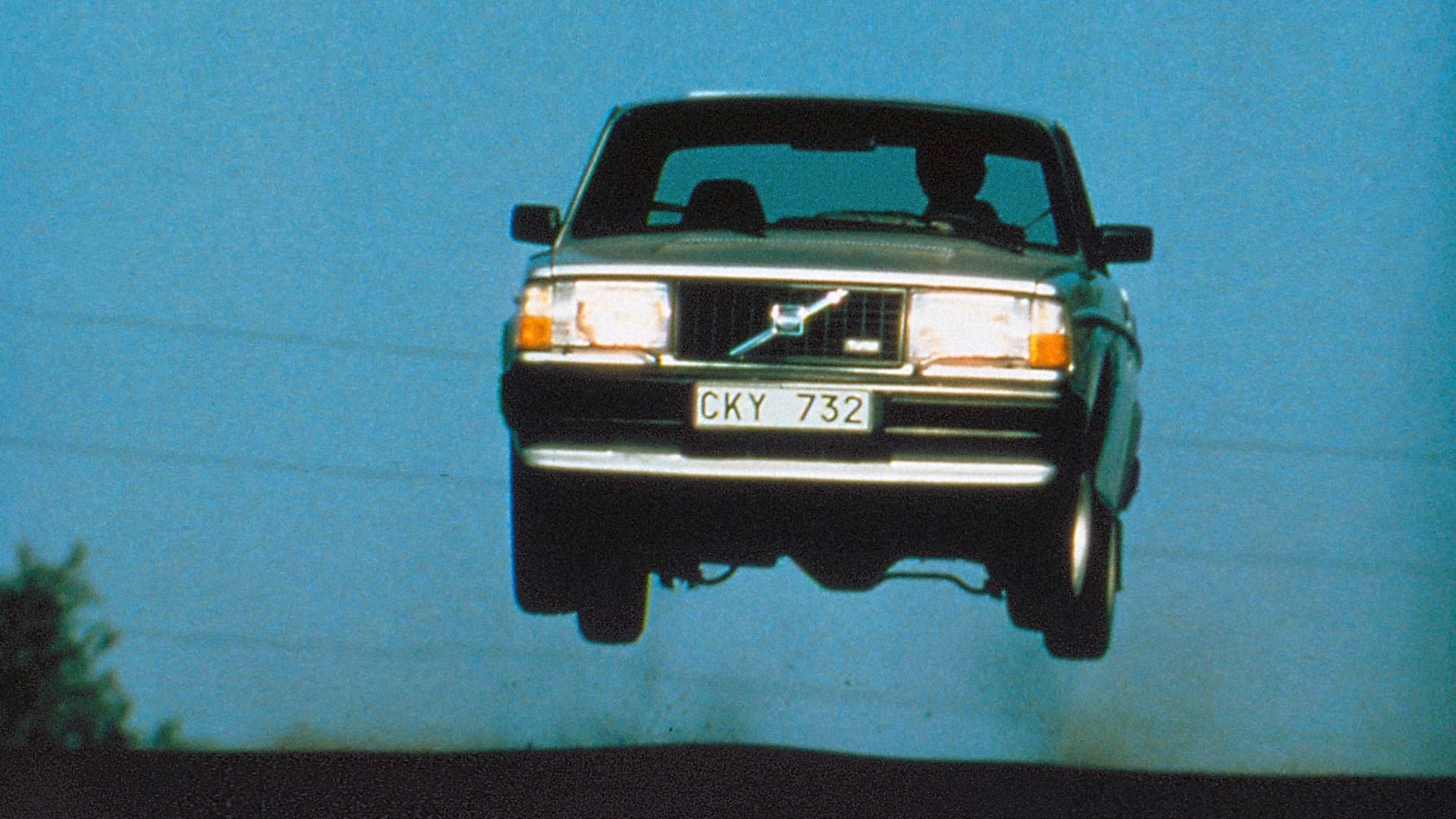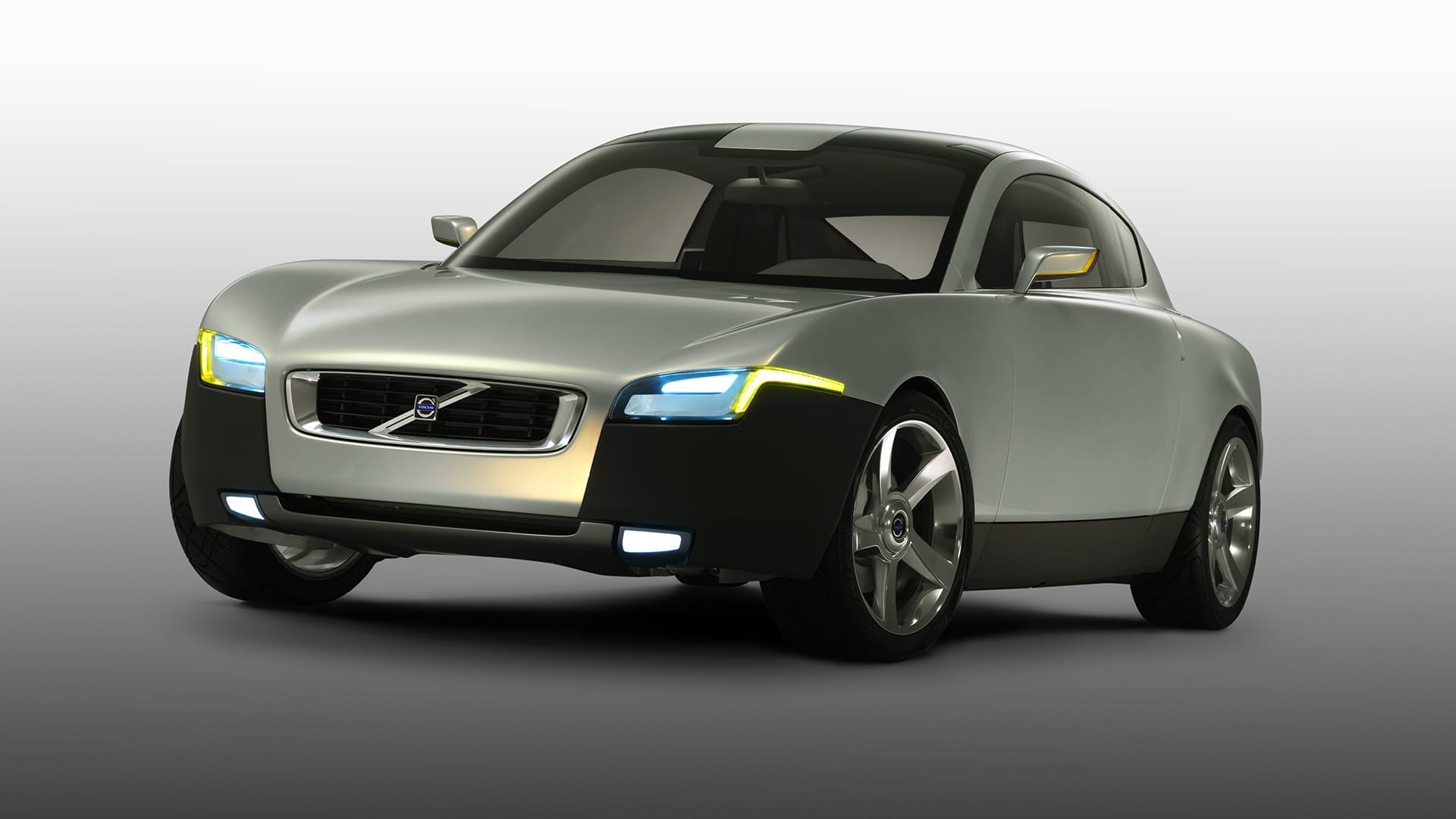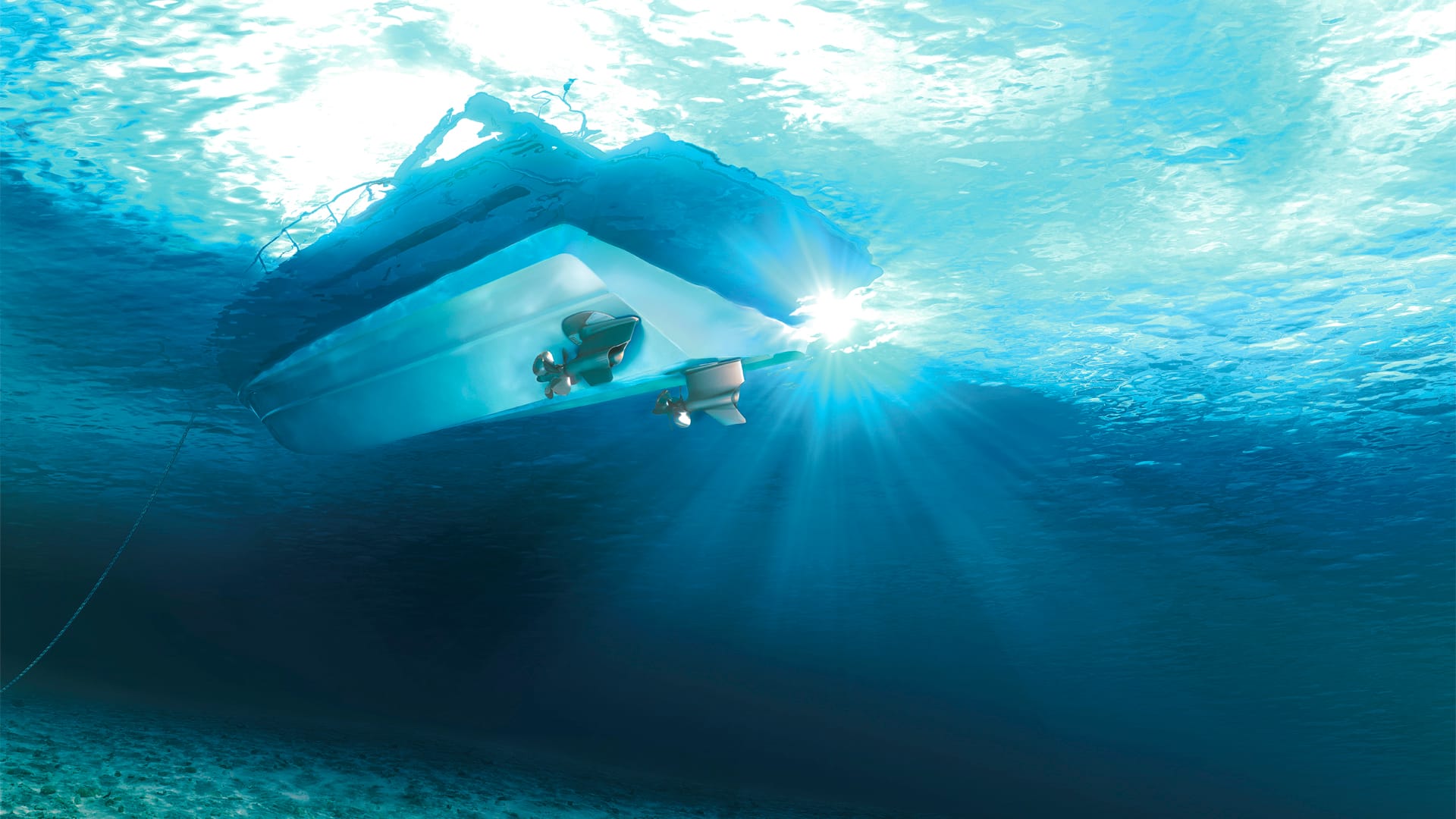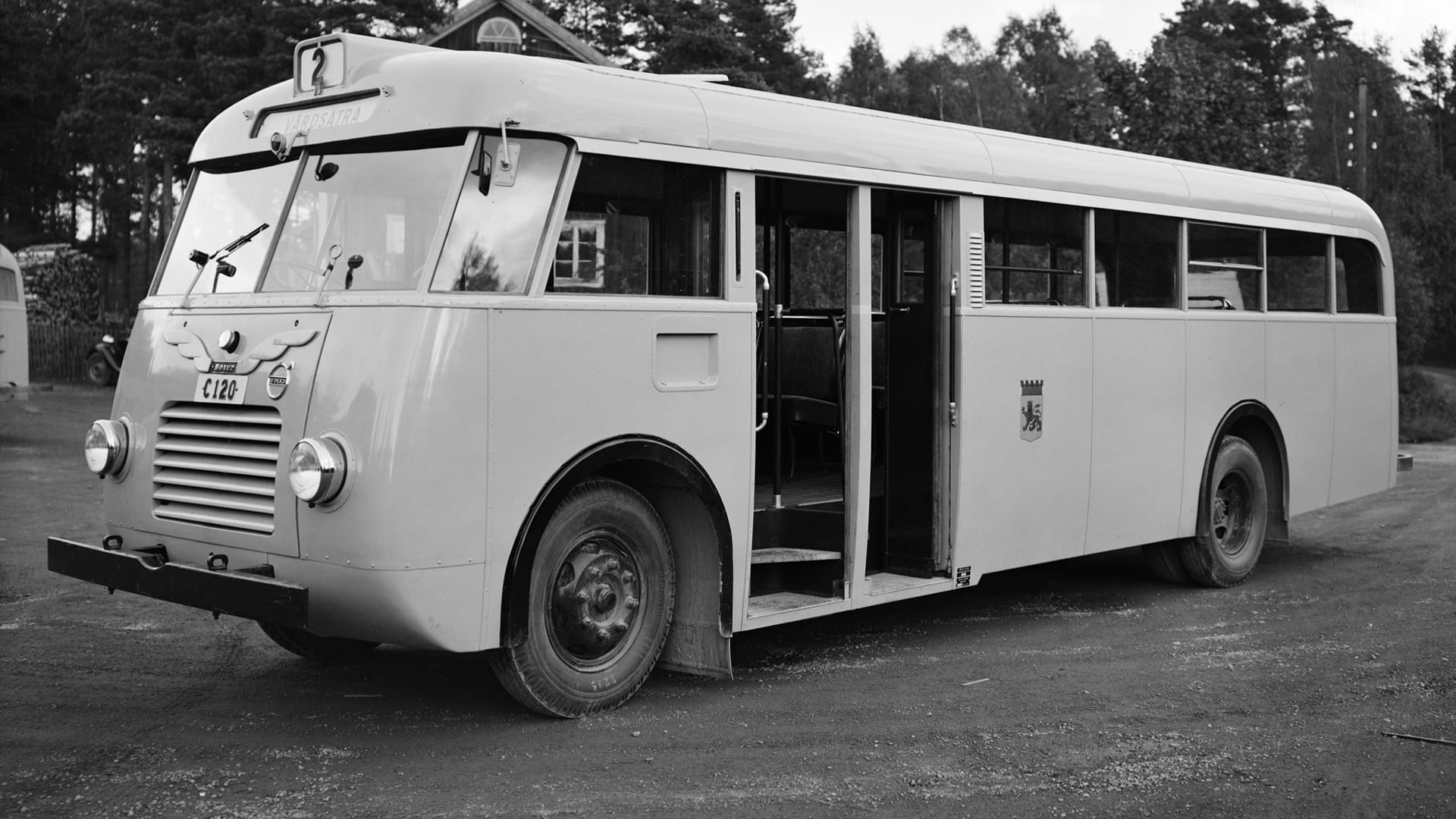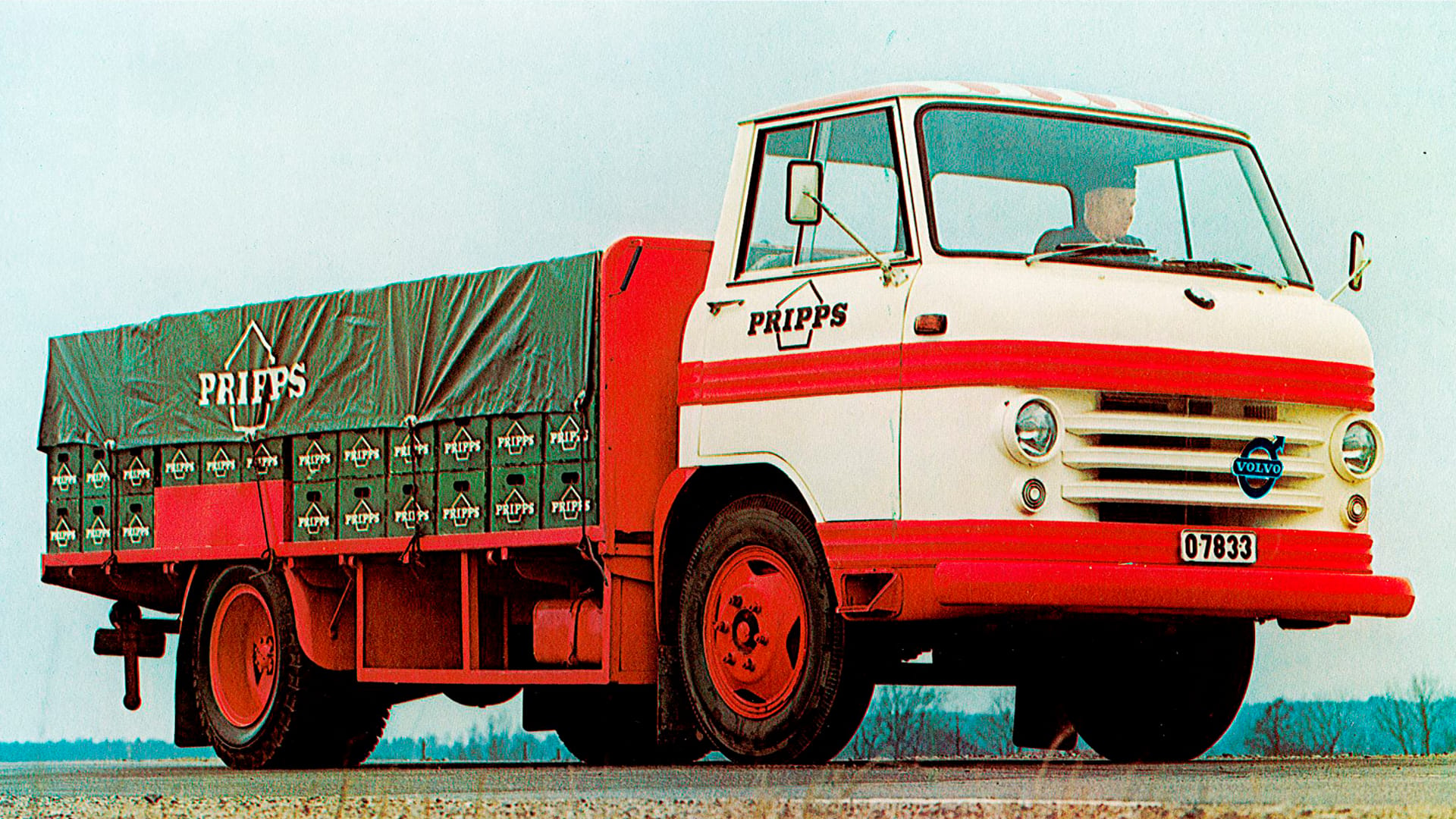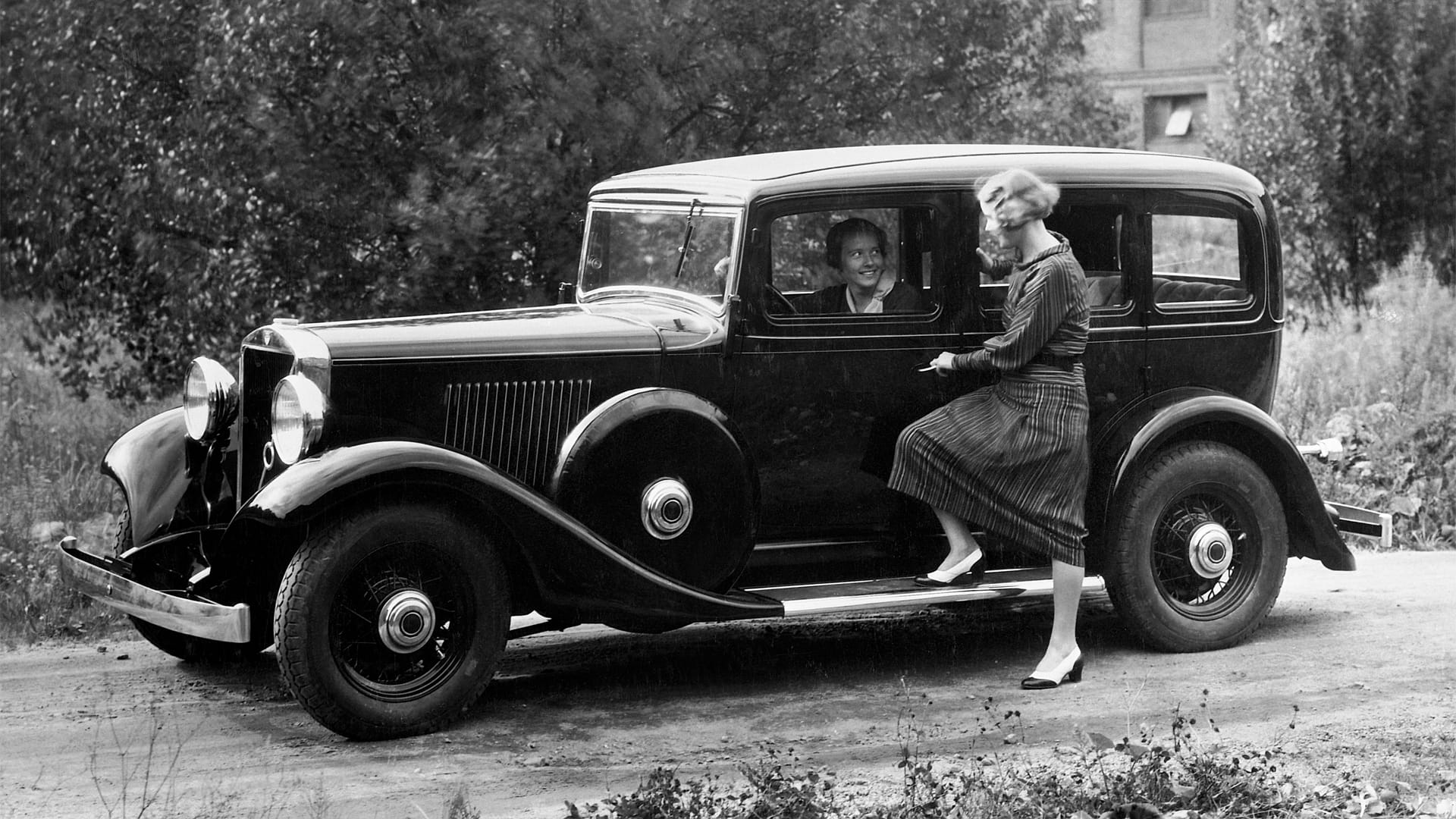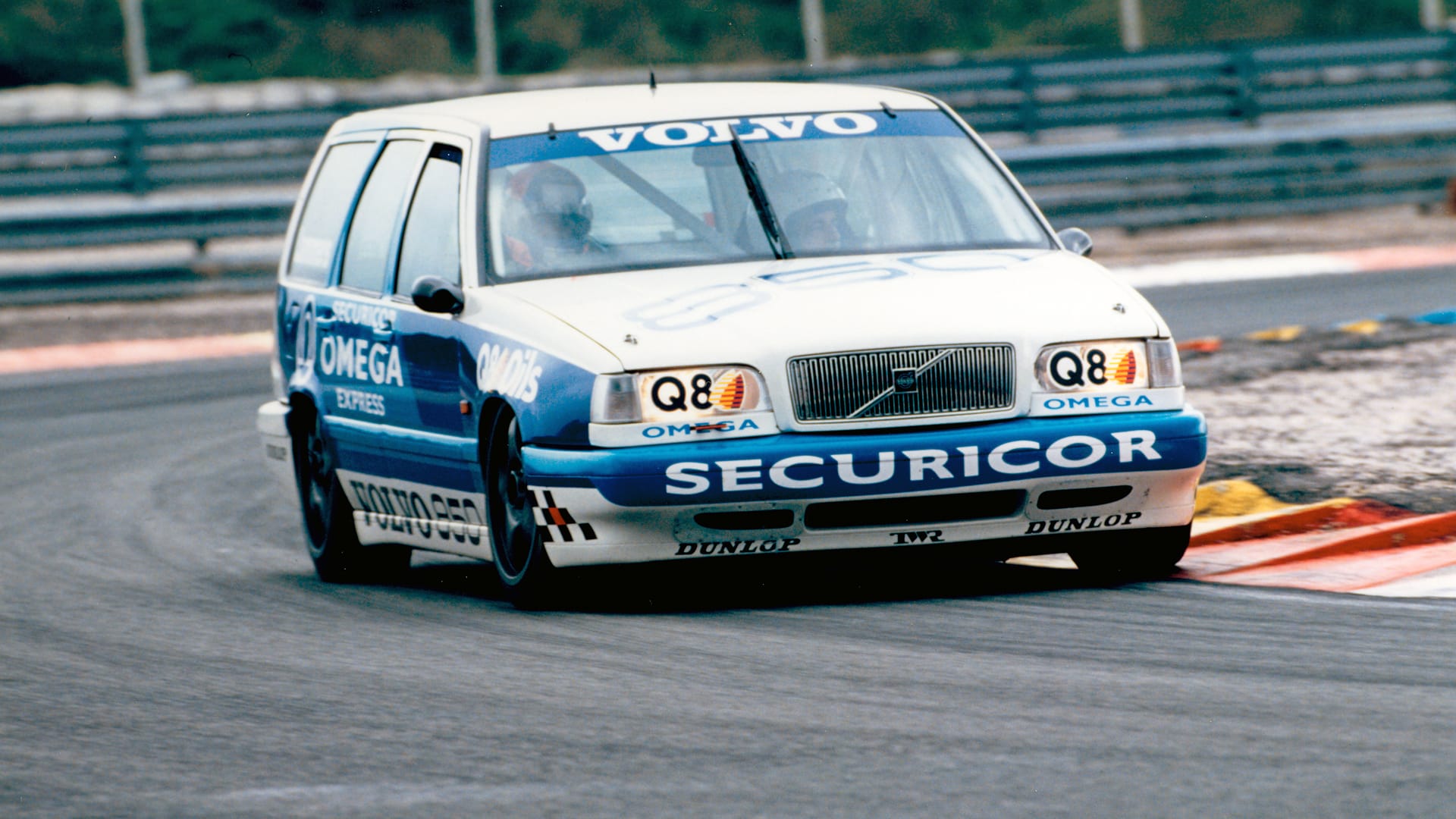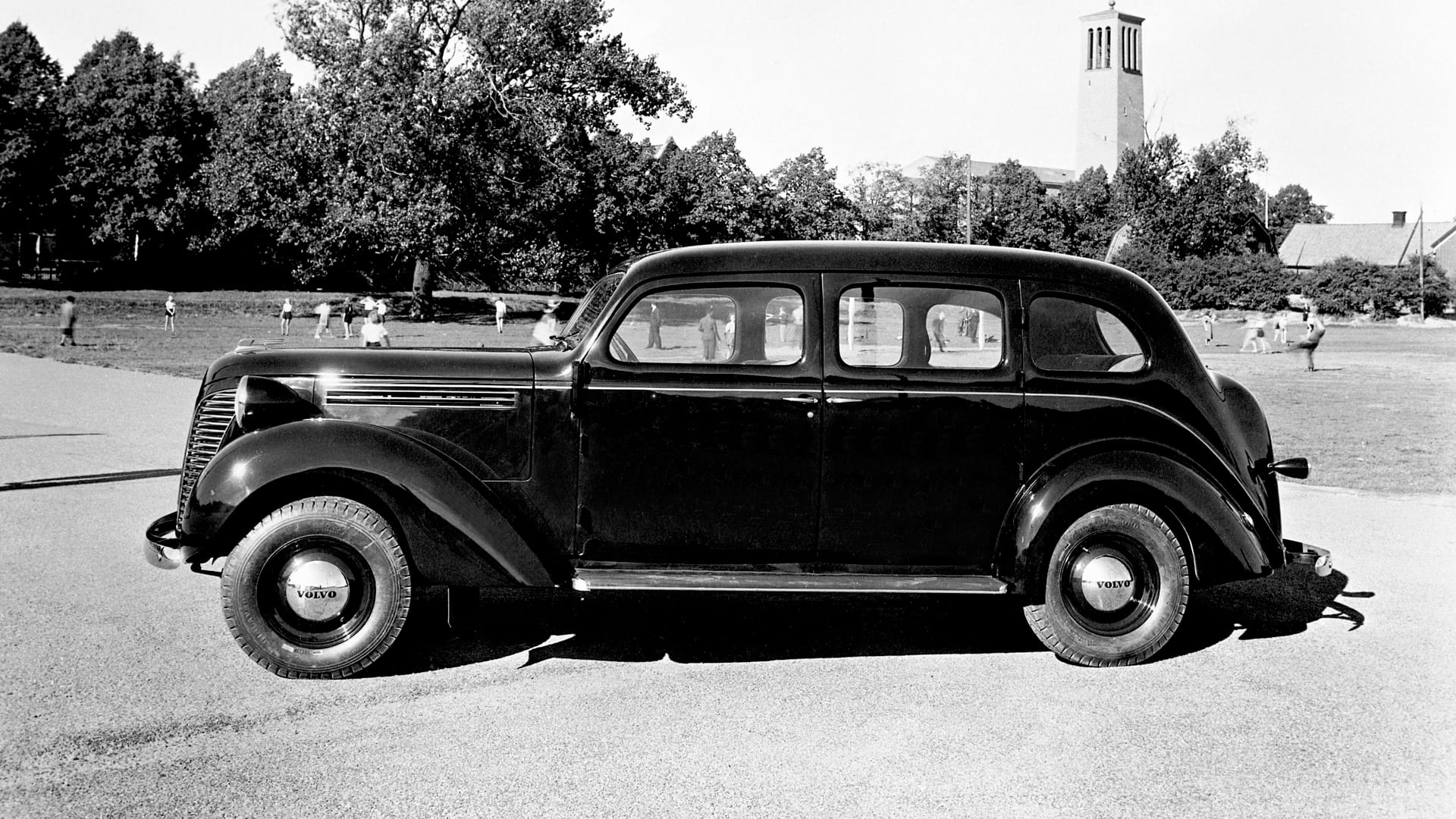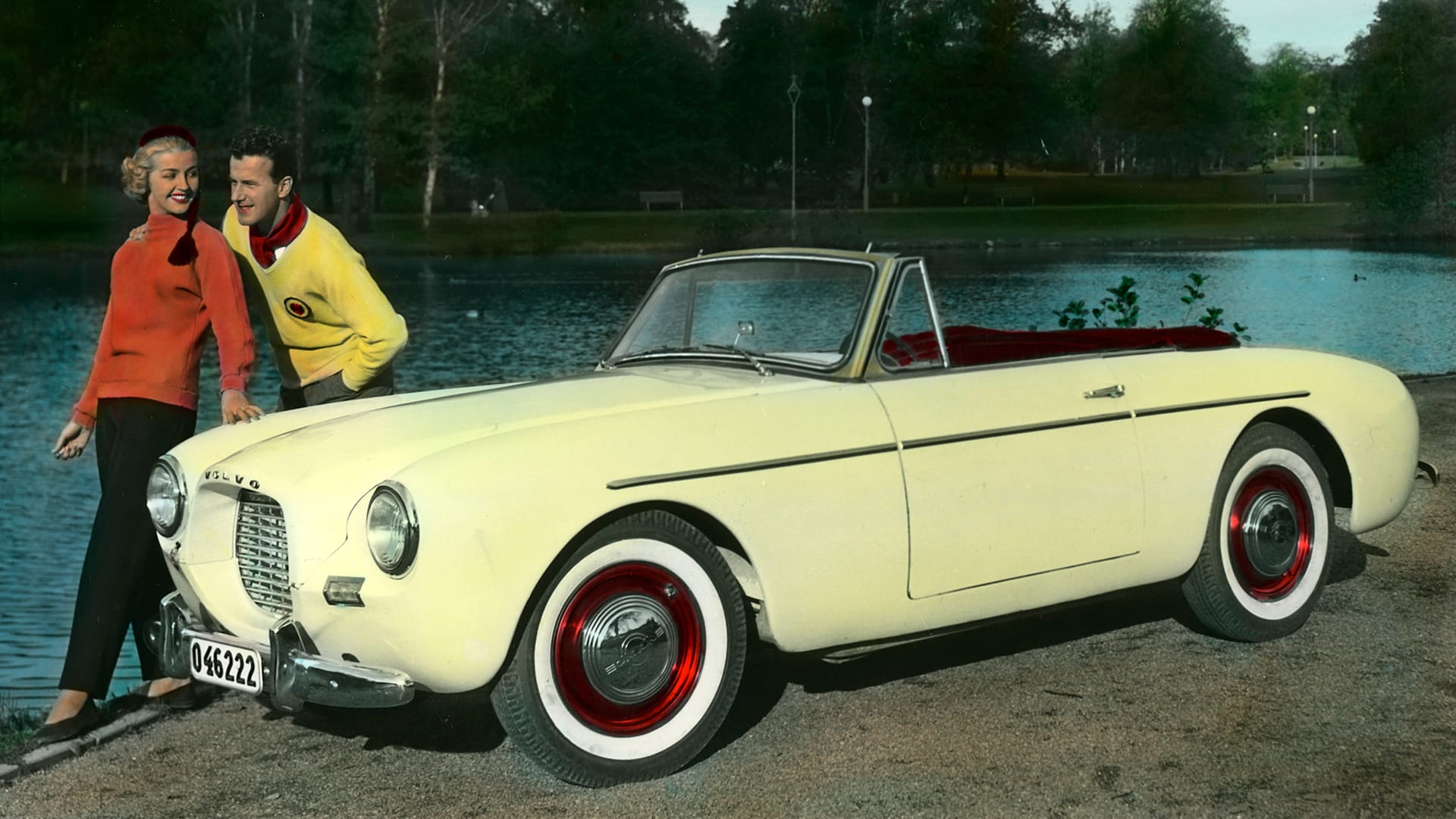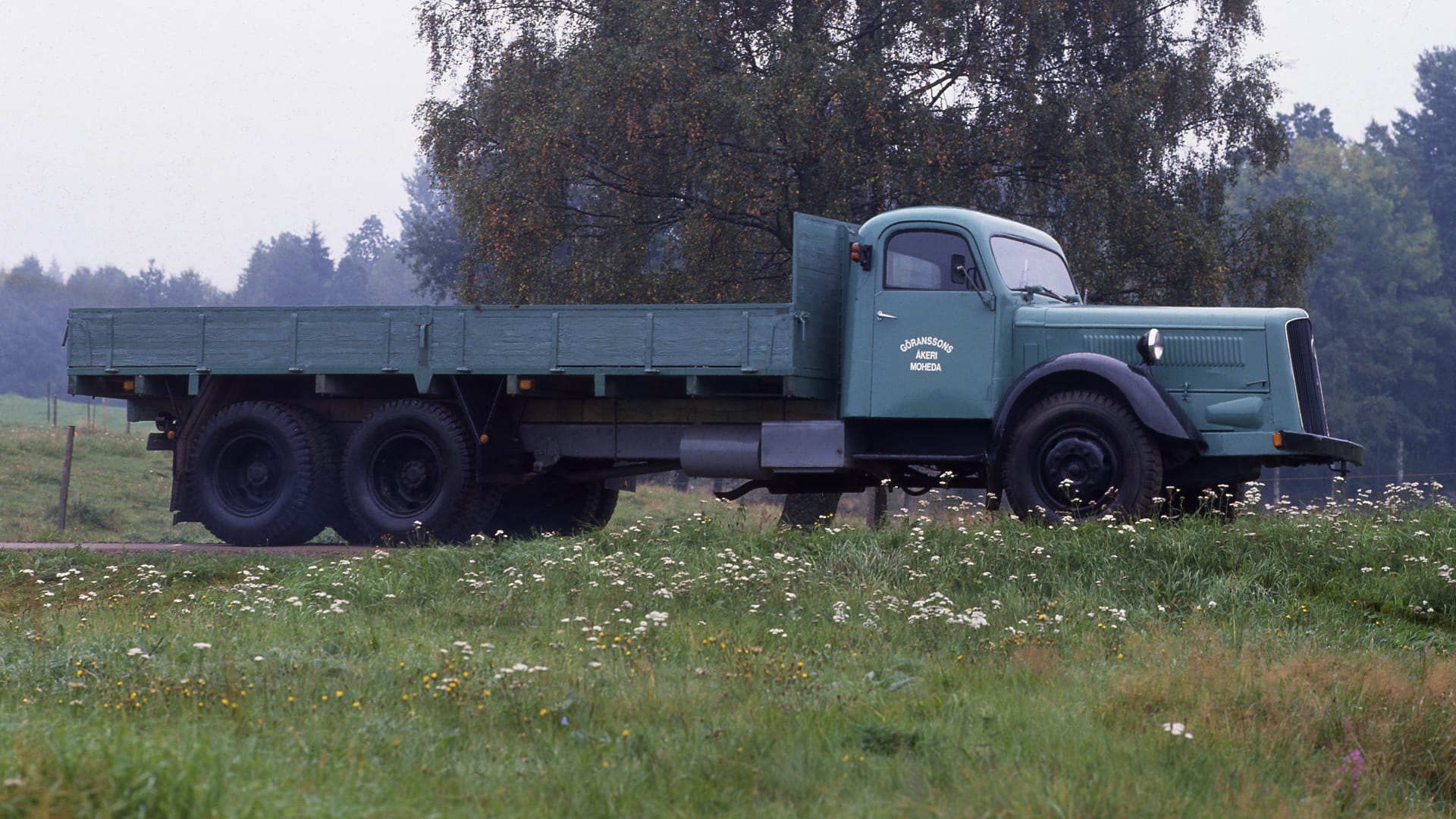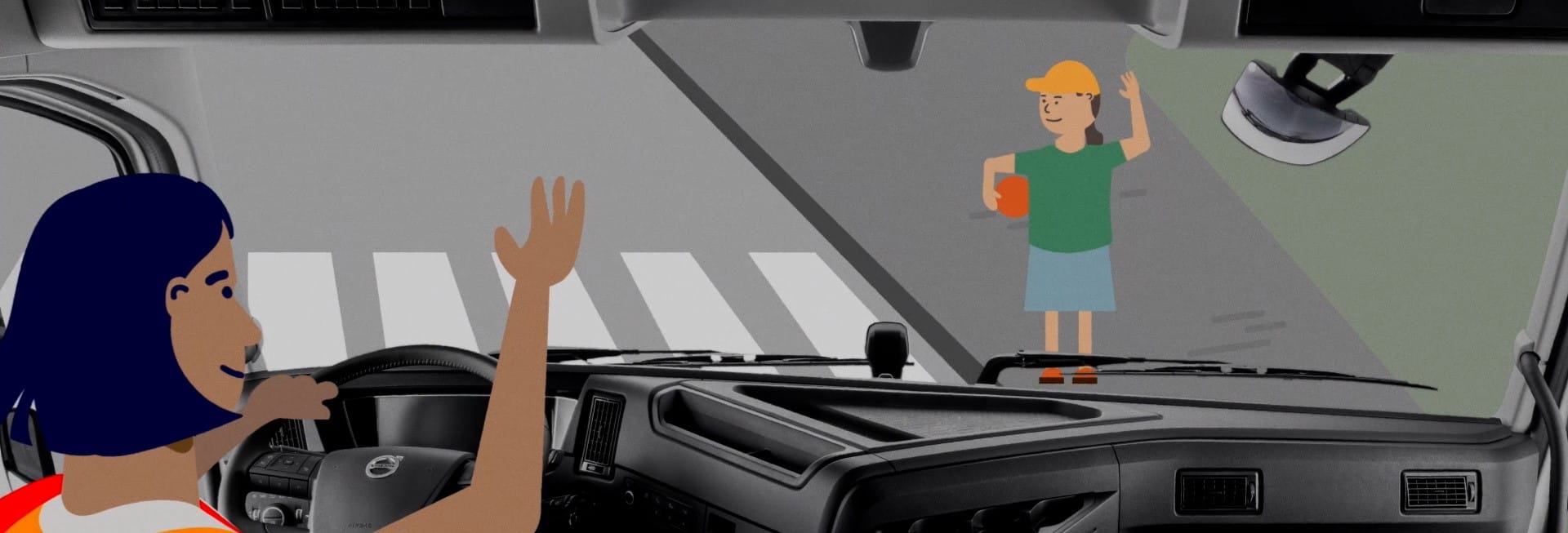Volvo 300 Series
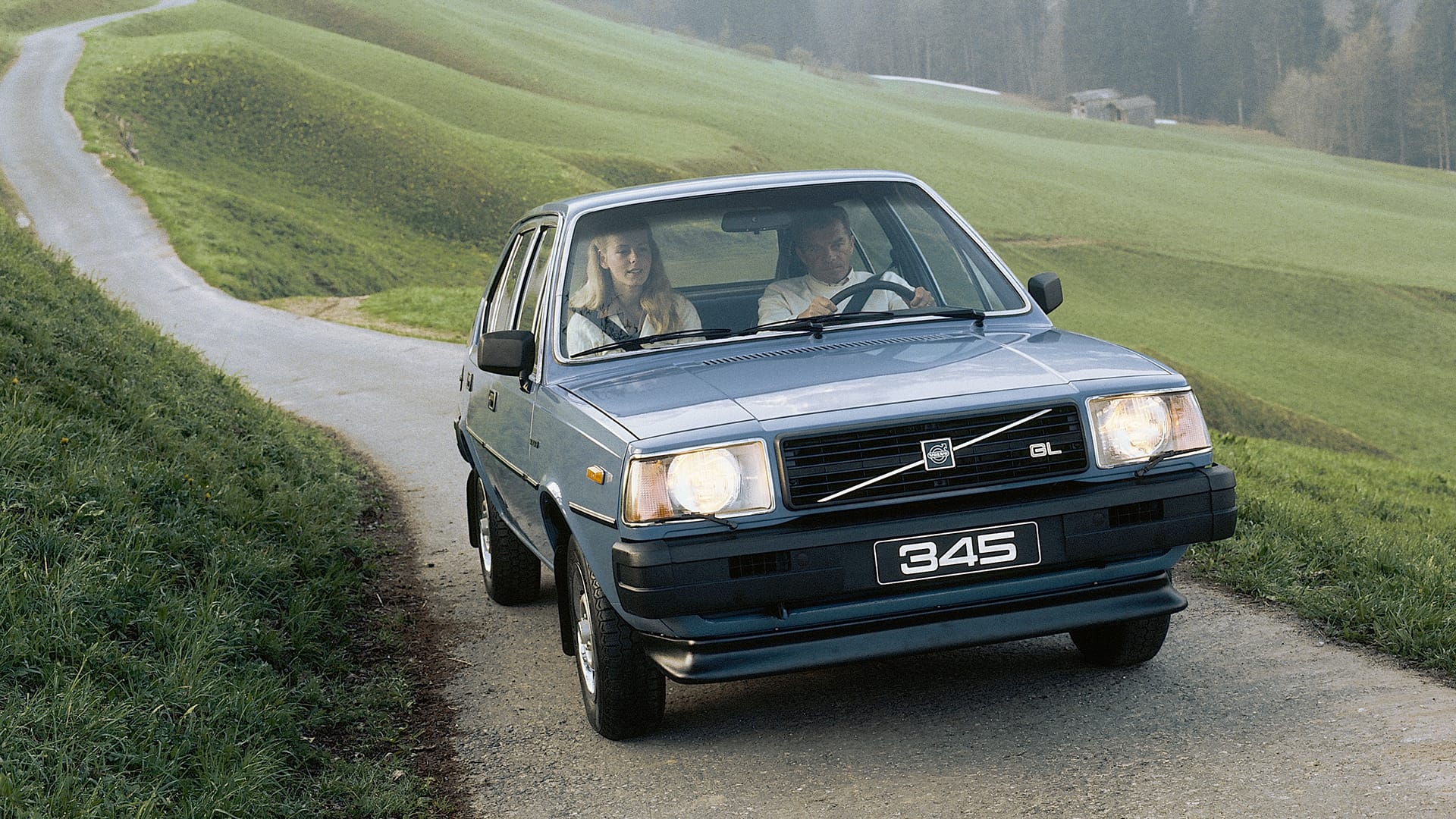
When Volvo acquired 33 percent of the shares in the Dutch company DAF in the autumn of 1972, the idea was to achieve two goals in the same deal: firstly, to establish a presence within the then European Community (today's EU), and secondly, to quickly introduce a smaller model.
After early quality issues, the 300 Series was gradually improved. In 1982, a new model was introduced in the 300 Series with more power and better equipment – the 360. The new model name was intended to give the cars a distinct, more luxurious profile. After 14 years, over a million cars were sold, surpassing the 740 model. The United Kingdom was the market where the 300 Series became most popular.
After the discontinuation of the PV544 in 1965, Volvo did not offer a smaller model – and dealers complained. At the same time, it became increasingly important to establish a presence within the European Community (EC) to avoid potential trade barriers. Against this backdrop, there was a discussion within the automotive industry about the necessity of collaborations or even mergers. In this context, Volvo's acquisition of 33 percent of the Dutch car manufacturer DAF was logical. The van Doorne brothers, founders of DAF (Van Doorne's Automobielfabriek), decided in the early 1970s to split up their company and focus on trucks – and Volvo gained access to both small cars and the EC.
A growing share
The deal was announced in the autumn of 1972, and Volvo formally took over 33 percent of the passenger cars from January 1, 1973. The share grew to 75 percent from 1975 onwards, before gradually decreasing. When the deal was completed, the DAF 66 was already in production, a model with a somewhat questionable reputation for quality, especially considering its predecessor, the DAF 55, which proved to be one of the worst cars tested by the Swedish Road Administration in 1971 and 1972. The DAF 66 was improved, and with further enhancements, it was rebranded as the Volvo 66. The successor, the DAF 77, was already under development – and would bear the Volvo emblem from the start, with the model name 343.
Italian design
The car was unveiled in February 1976, and the model was a departure from the rest of the Volvo family – or perhaps more accurately, an ugly duckling that evolved into a highly successful swan over time. Since the model was fundamentally a DAF, it had very little in common with Volvo's other models. The design was done by the Italian Giovanni Michelotti, who had designed previous DAF models. There may be similarities between the Volvo 343 and other designs by Michelotti, such as the Alfa Romeo 33 and Lancia Delta. Michelotti also designed models such as the Triumph Spitfire, BMW 1500, and numerous special versions for Ferrari and Maserati. Despite the Italian design work, the Volvo 343 did not garner much respect for its appearance, but its distinctive shape was aerodynamic, and the car never needed a rear window wiper.
Variomatic transmission
Technically, the car was advanced and had excellent driving characteristics, primarily due to the De Dion rear axle, where the gearbox was located. This provided the 343 with excellent weight distribution. However, the gearbox led to both discussion and some resistance from buyers. The 343 initially had Van Doorne's unique continuously variable transmission, called Variomatic. The driving experience with the 343 was unlike conventional automatic transmissions. There were no jerks during gear changes, and the transmission forced the engine to operate at high revs even at low speeds. Strangely, the engine speed decreased as the speed increased. This experience earned the 343 the disparaging nickname "Rubber Johan". The engine was a 1.4-liter Renault unit producing 70 hp. The top speed was 145 km/h, and the acceleration from 0 to 100 km/h took 10.5 seconds.
A challenge
Customers were also dissatisfied with the cabin heat, as well as the seating comfort and headroom for rear seat passengers, where there was only space for two. But the major problem at the beginning of the 343's lifecycle was the poor quality. Details broke, it rattled and made noises, and at temperatures around freezing, a design flaw made the car very difficult to start, earning the 343 another dismal epithet: "The Car That Came to Stay". Volvo's engineers had their work cut out for them – and they did so, with successful results. The 343 model was gradually improved. By the autumn of 1977, the problems with cold starts and poor interior quality were rectified. All seats were redesigned with deeper cushions and wider backs. In the autumn of 1978, a manual gearbox was introduced as an alternative to the Variomatic transmission, also located in the De Dion axle. Seat heating was added to the front seats, and heat ducts were provided for the rear seats.
In its prime
Another year later, in 1979, the five-door version, the 345, was launched, and in 1981, the model was equipped with Volvo's own two-litre B19 engine producing 115 hp with a carburetor. The following year saw the debut of a top-of-the-line model: the 360 GLT. It featured the B19 engine with fuel injection and 116 hp, was lowered by 15 mm, had stiffer springs, and was recognizable by the spoiler at the rear and the inset fog lights in the front spoiler. Now, Volvo's Dutch car was – as advertised – in its prime and marketed with the help of well-known sports personalities such as Olympic gold medallists Ulrika Knape and Sixten Jernberg.
Bestseller
Despite its rocky start, the importance of the Volvo 340/360 cannot be underestimated. Dealers finally had a more affordable model in their showrooms. The model became particularly popular in the United Kingdom, where it helped significantly increase Volvo's sales. It was also important in countries like Spain and France for establishing and strengthening the Volvo brand. When the 340/360 was discontinued after 15 years, it went down in history as one of Volvo's best-selling models, with over a million units sold.
